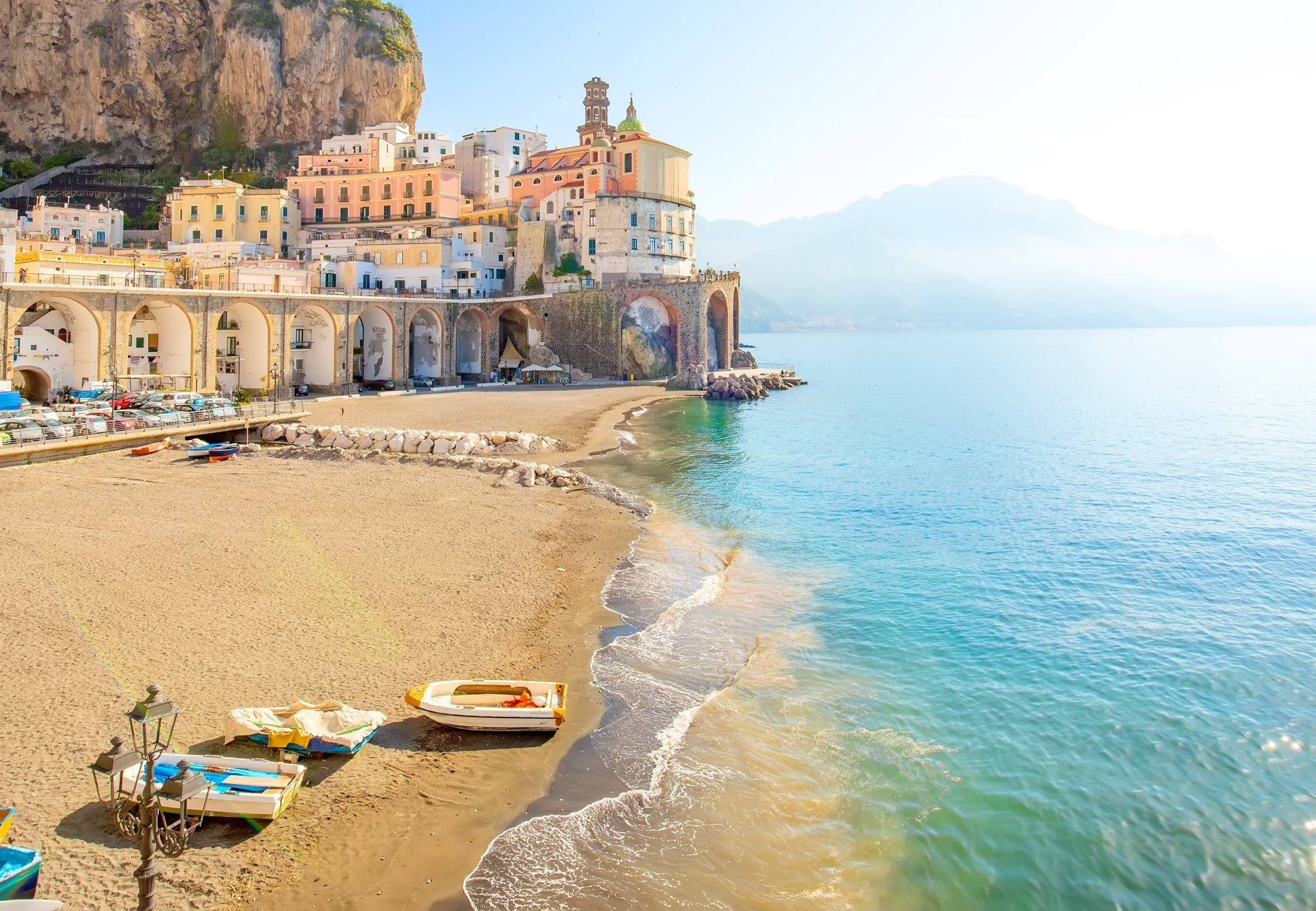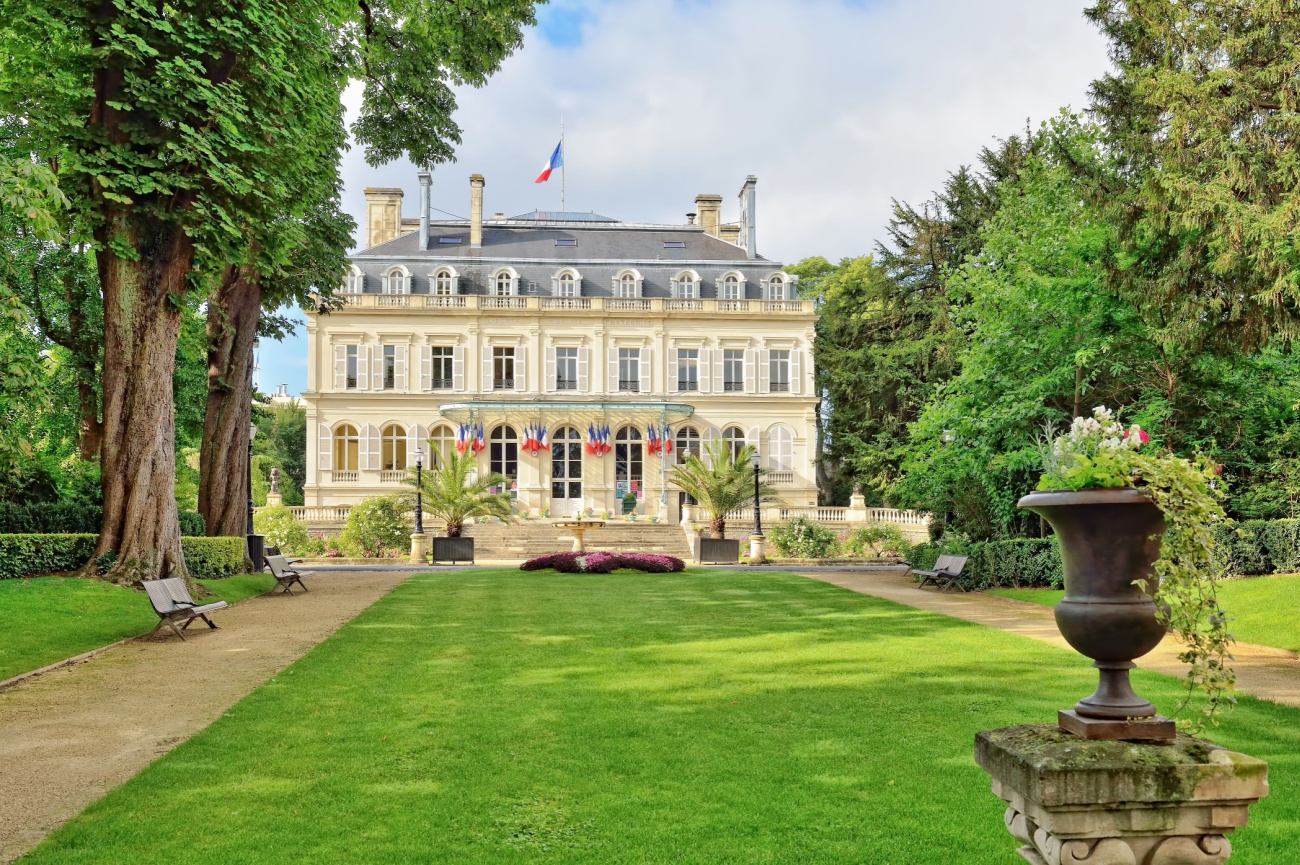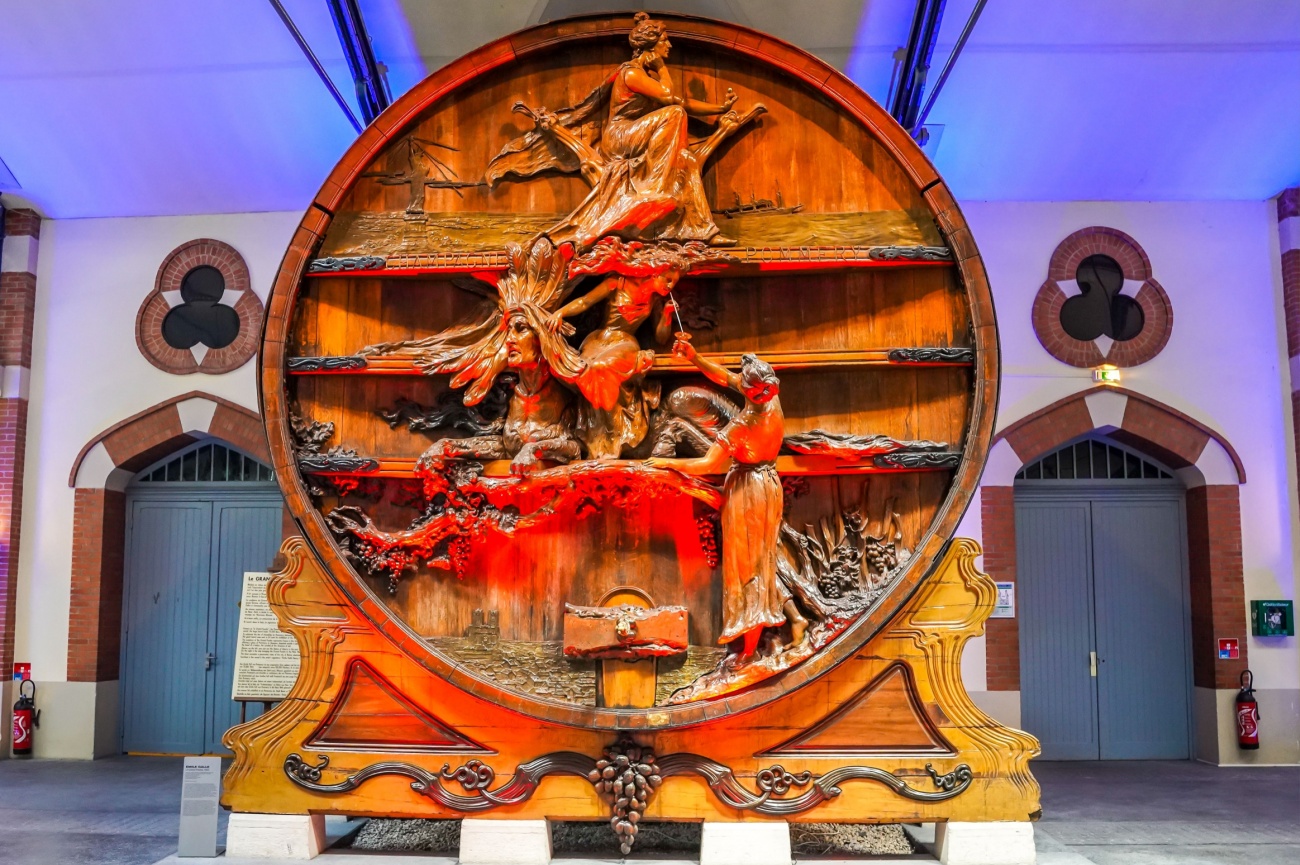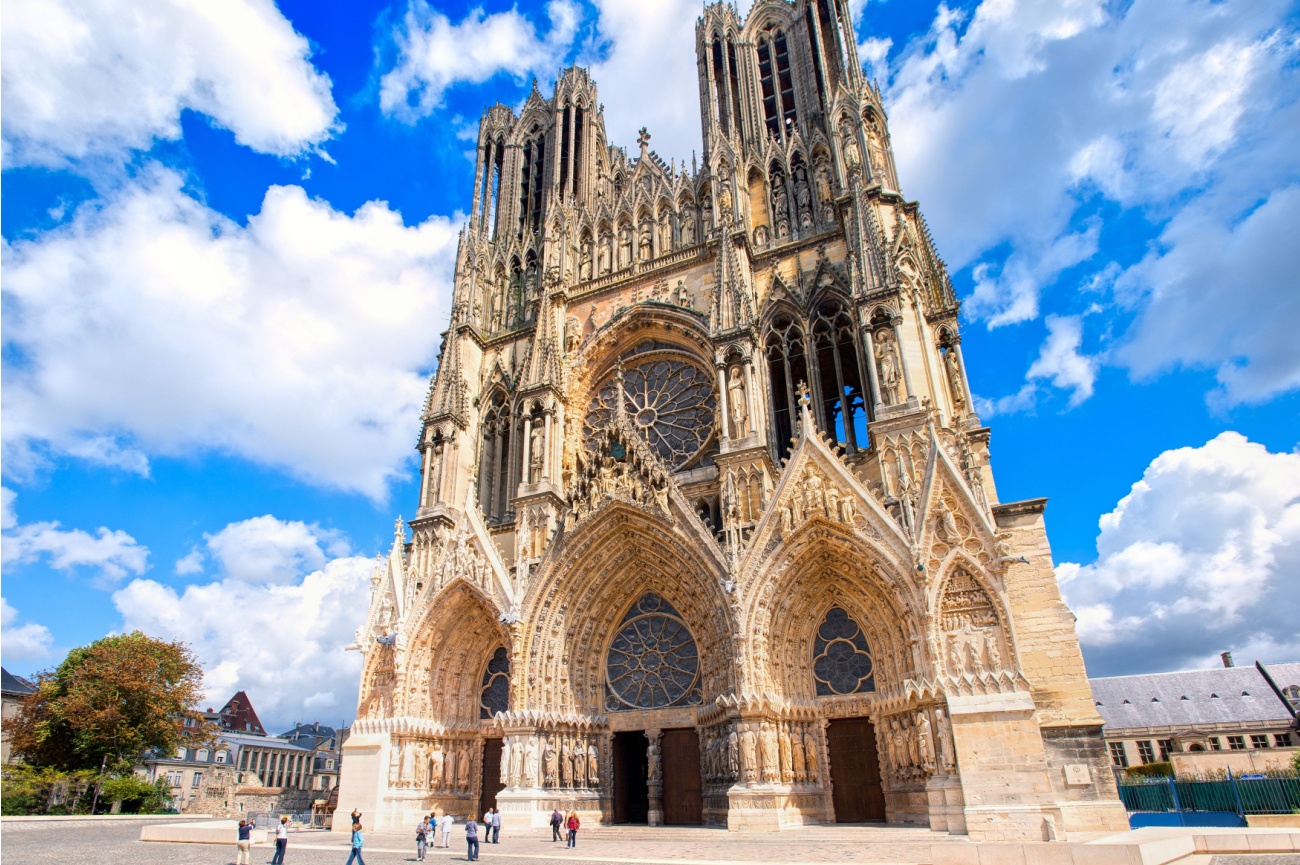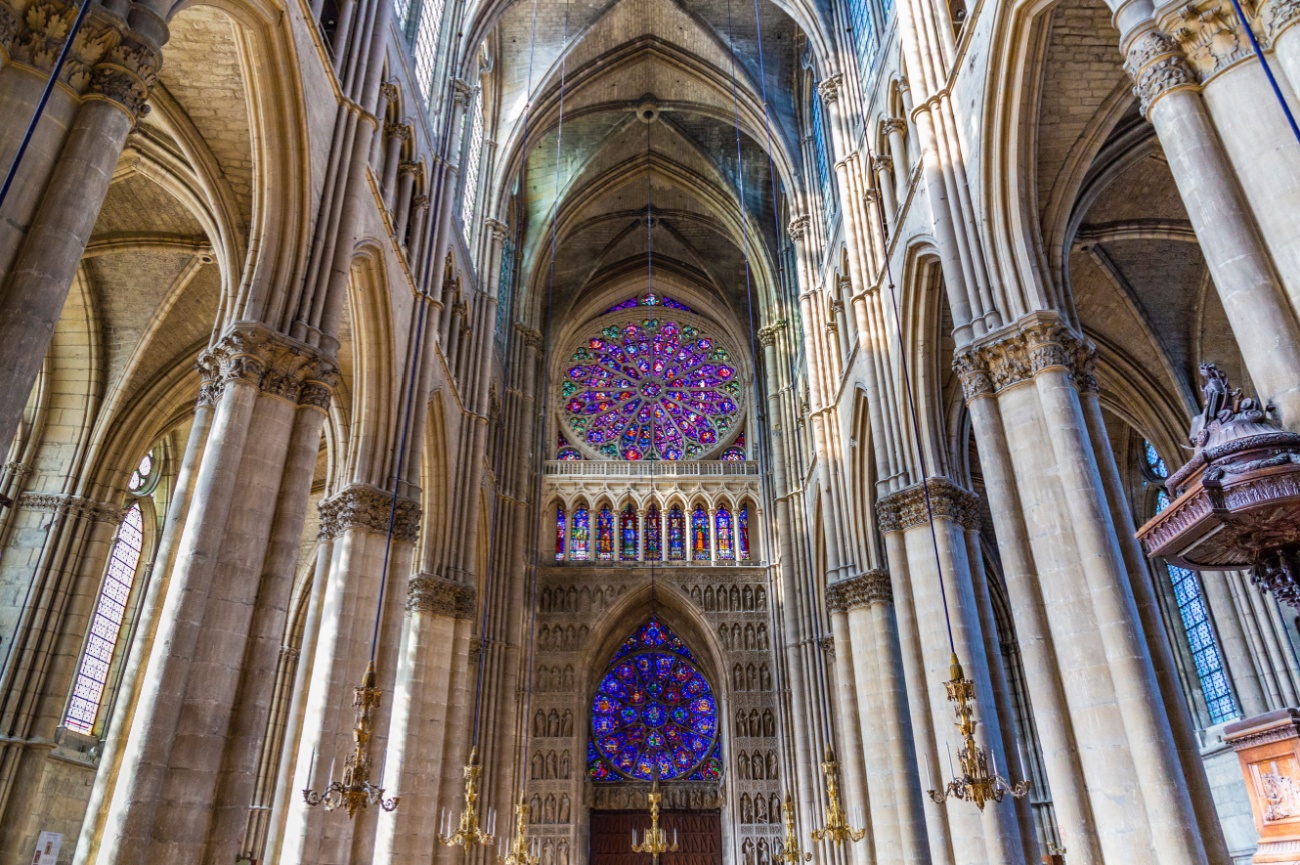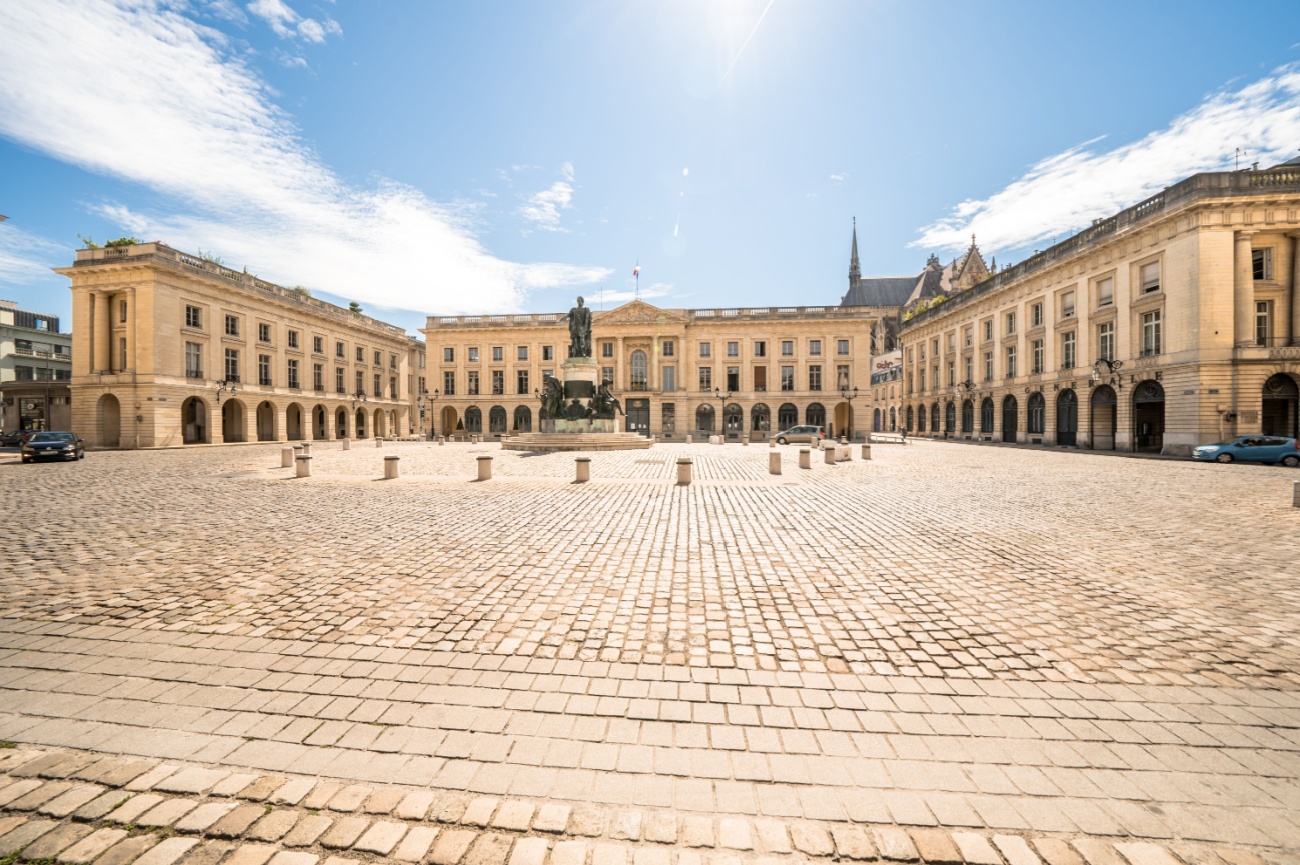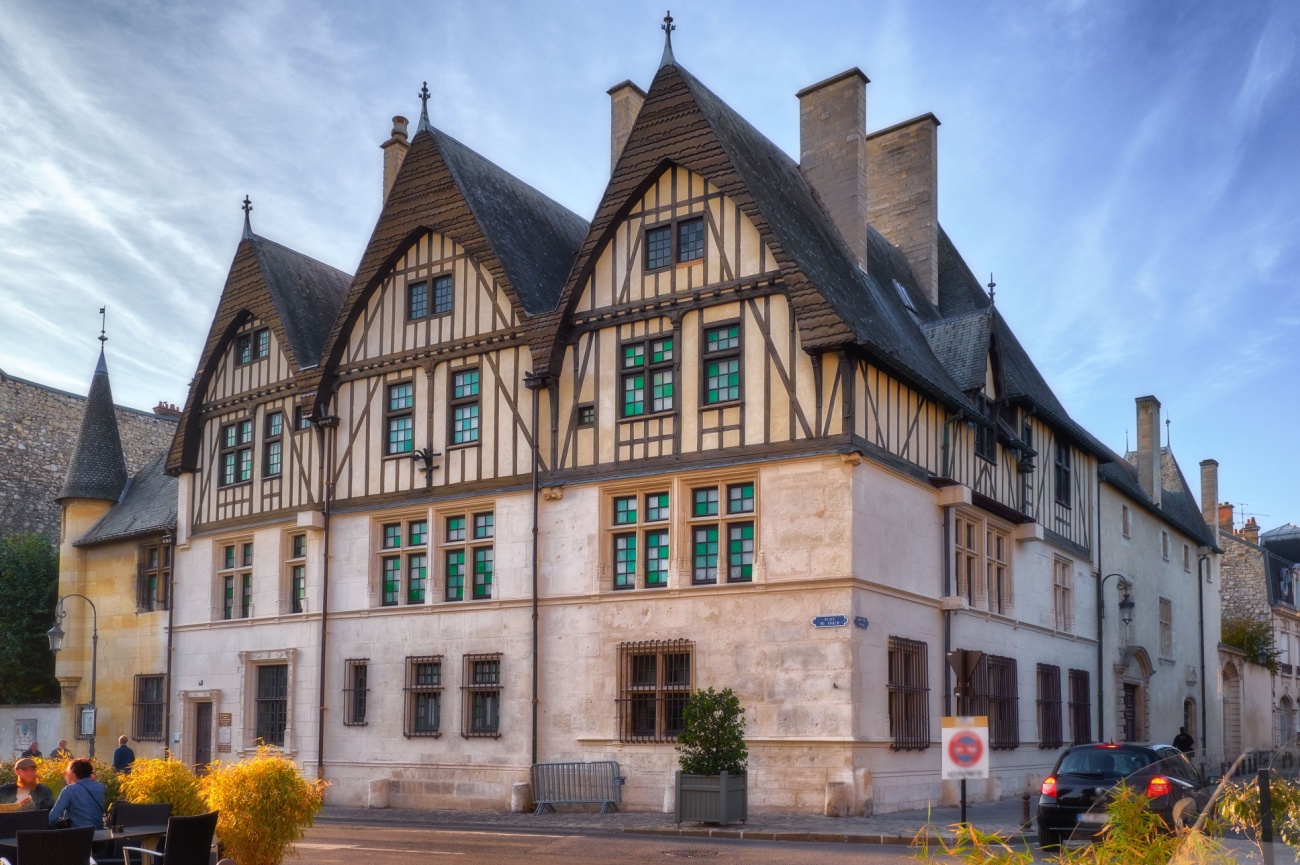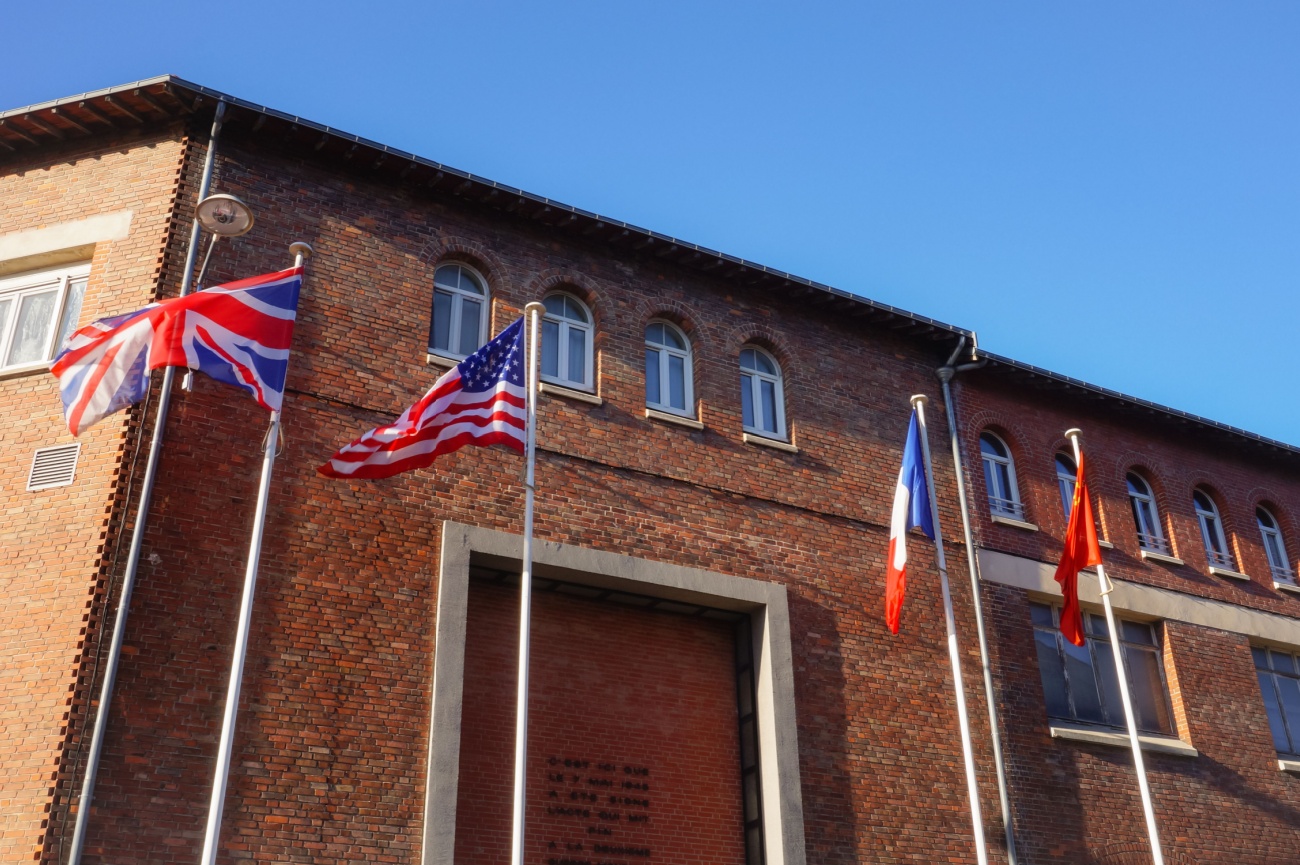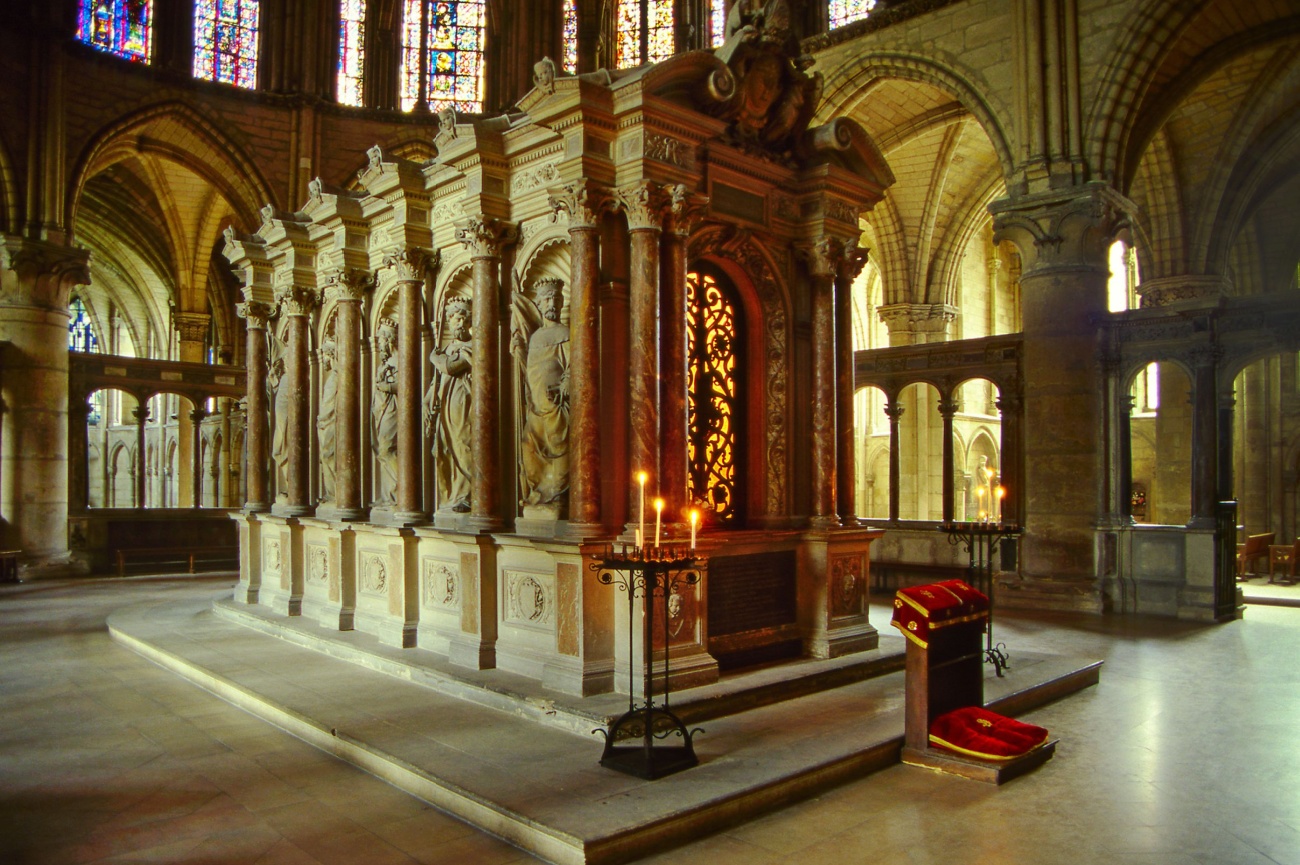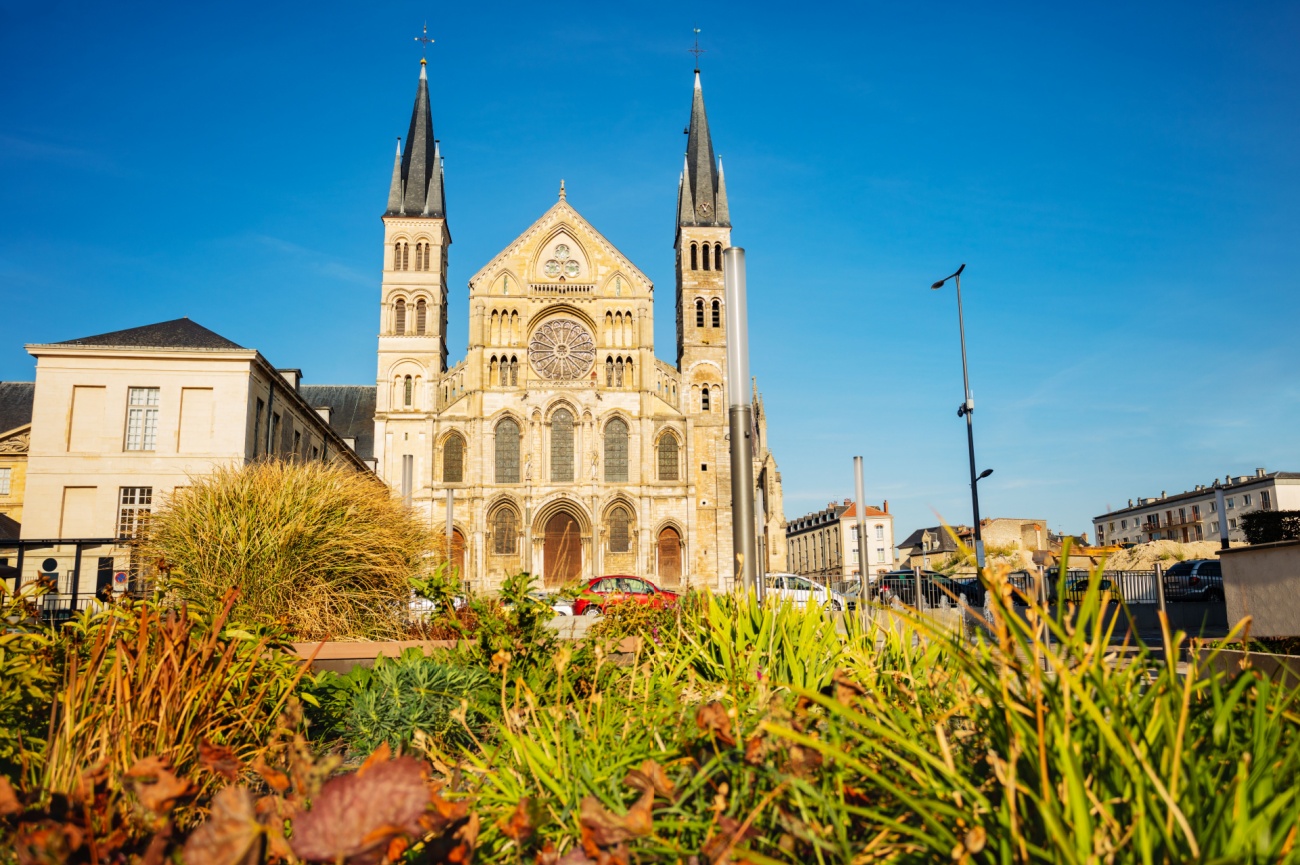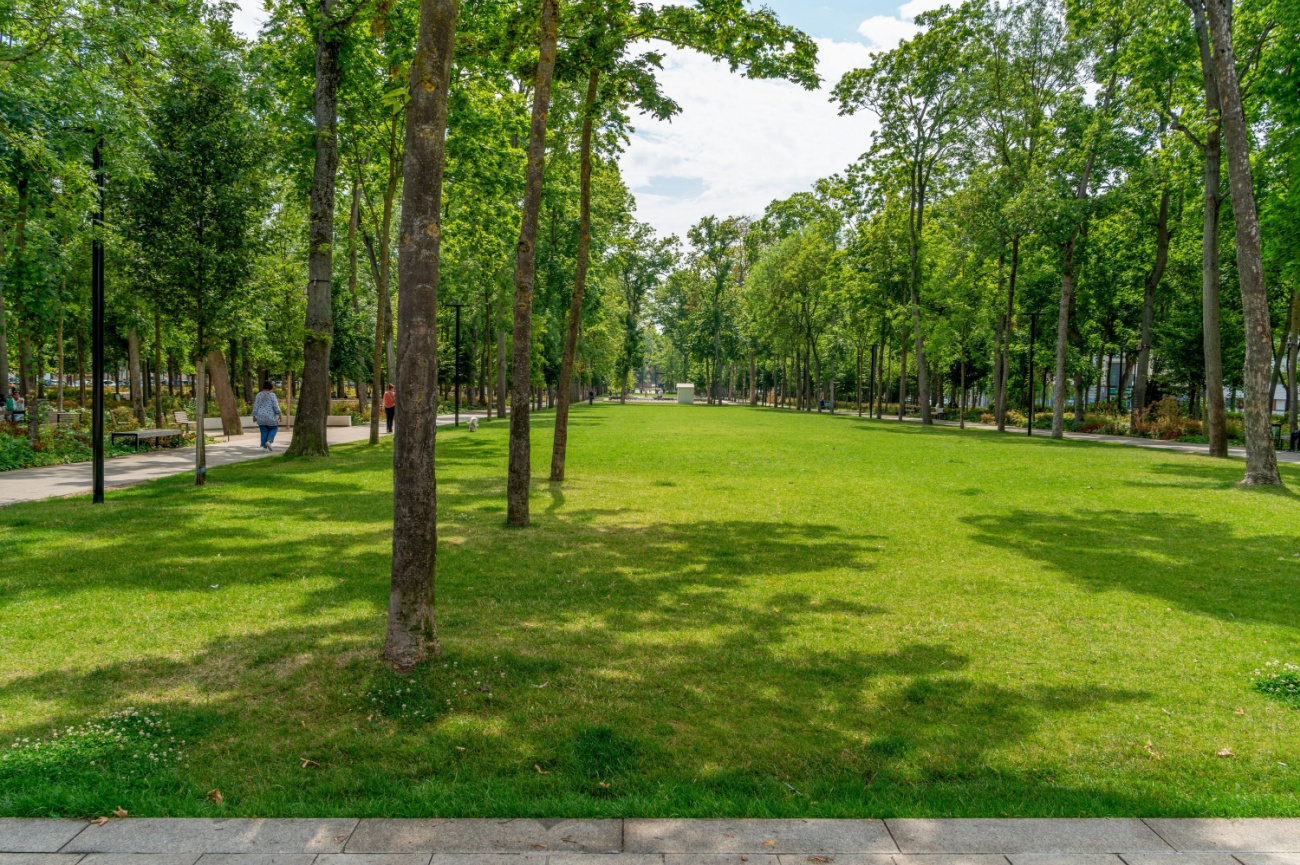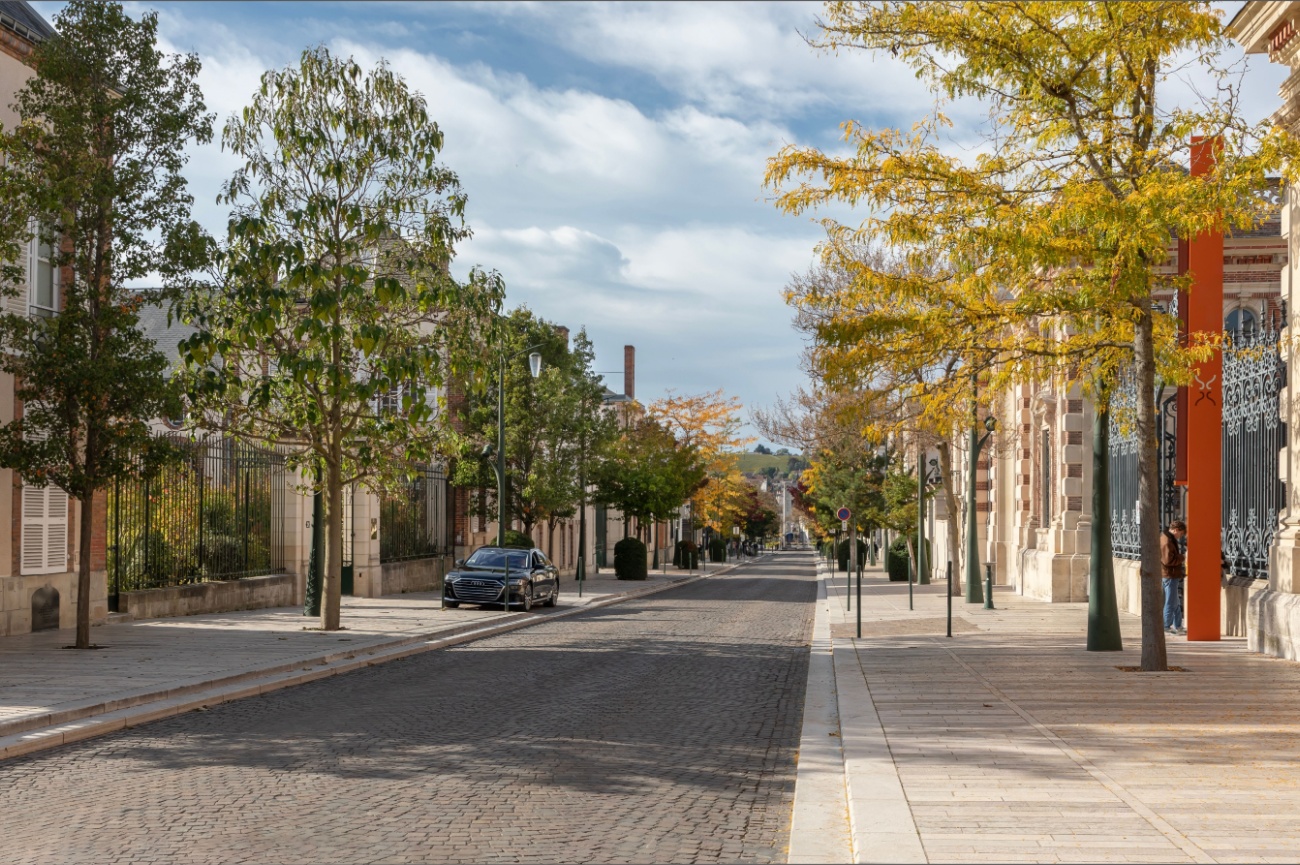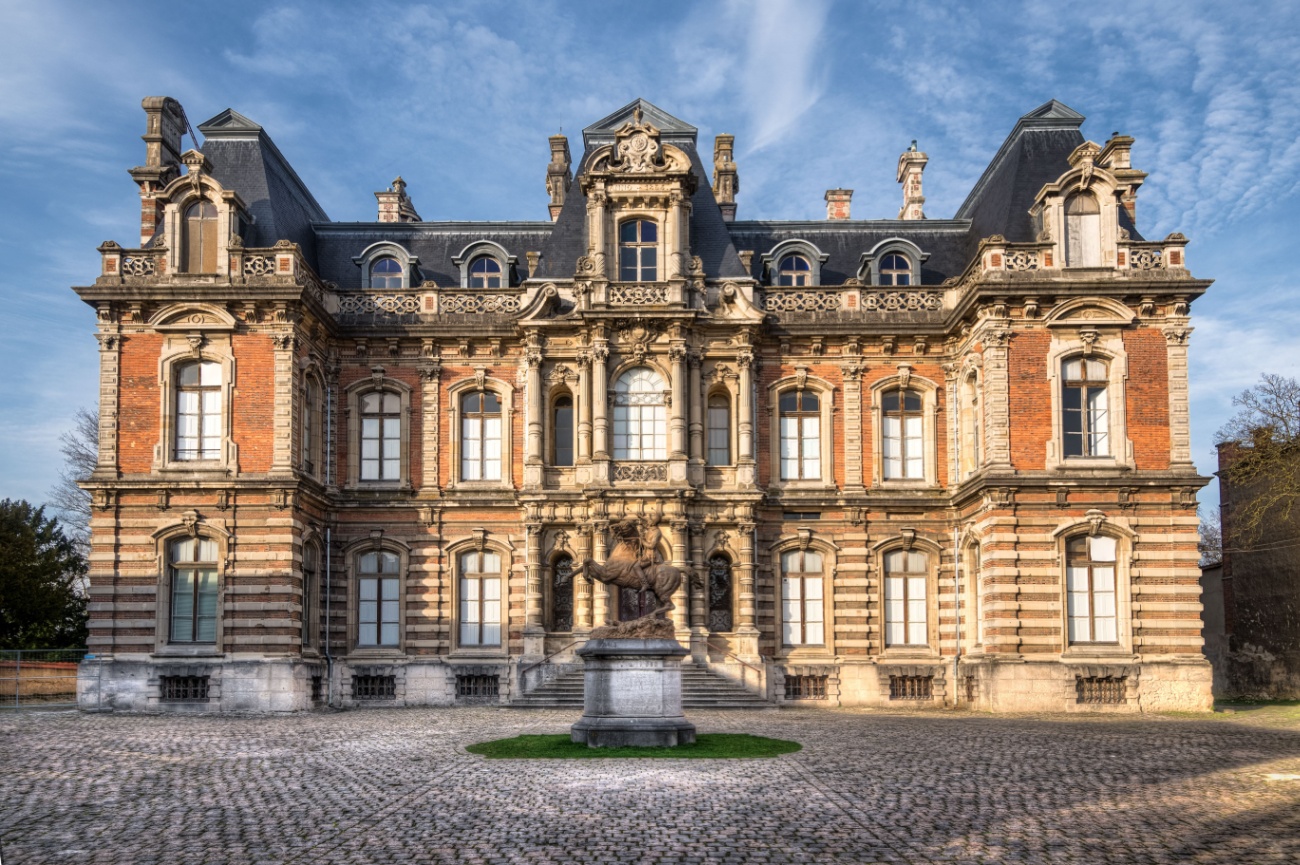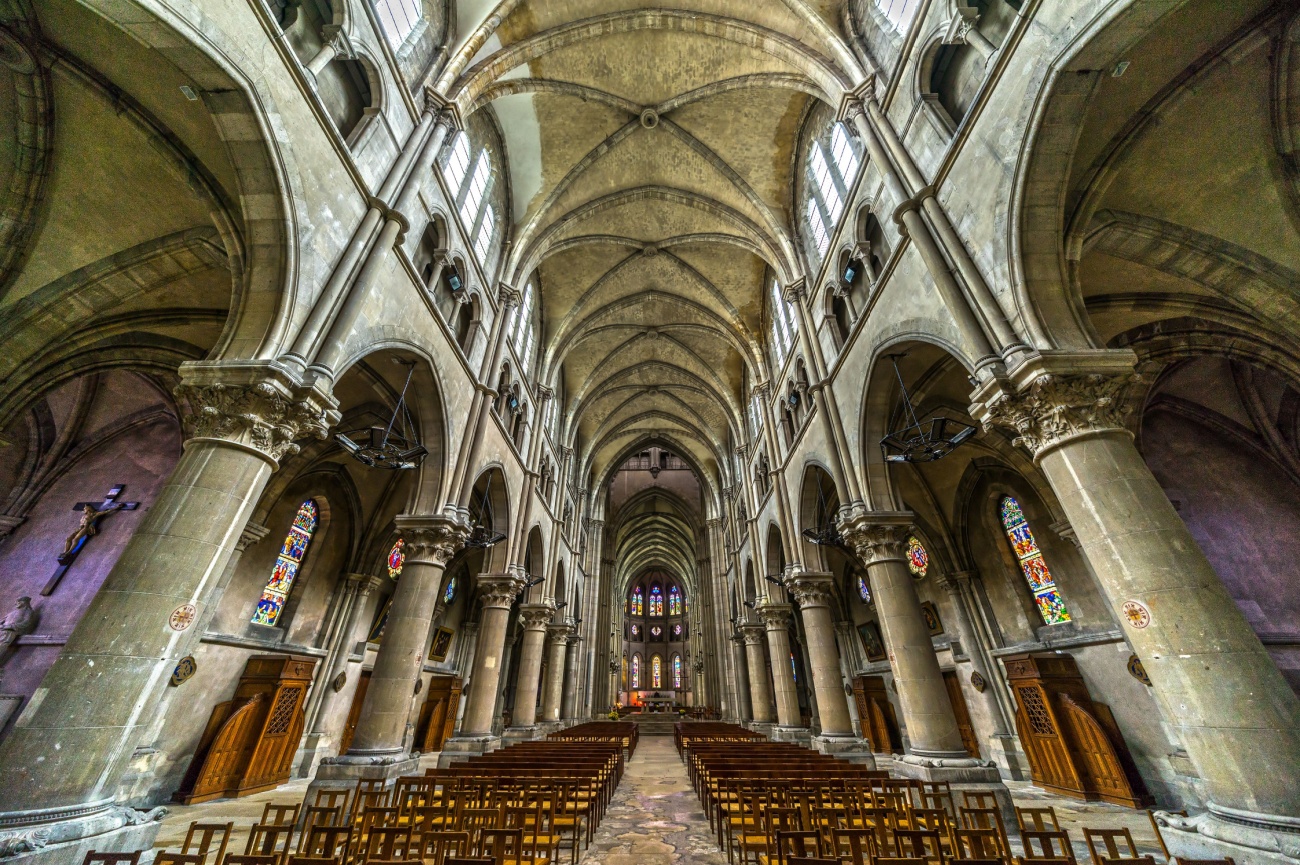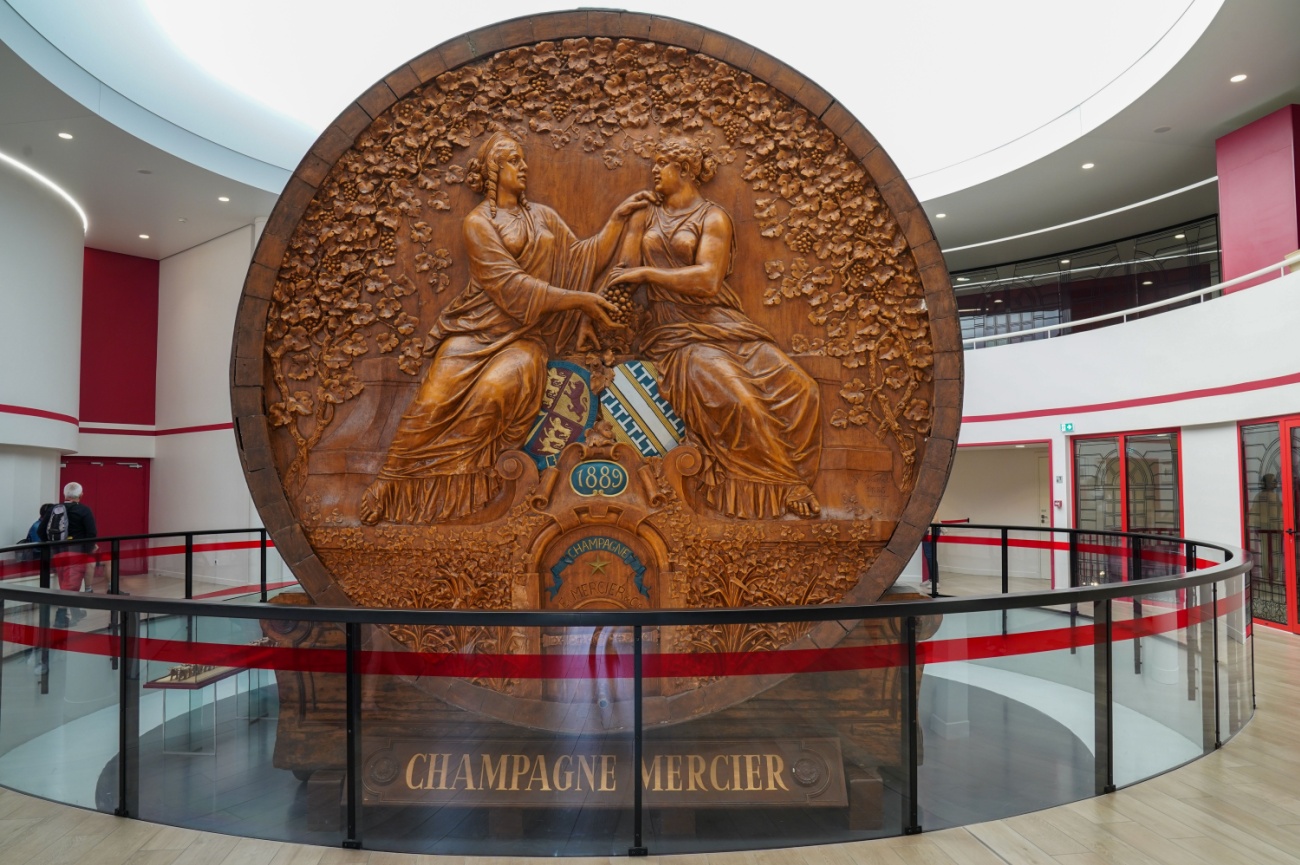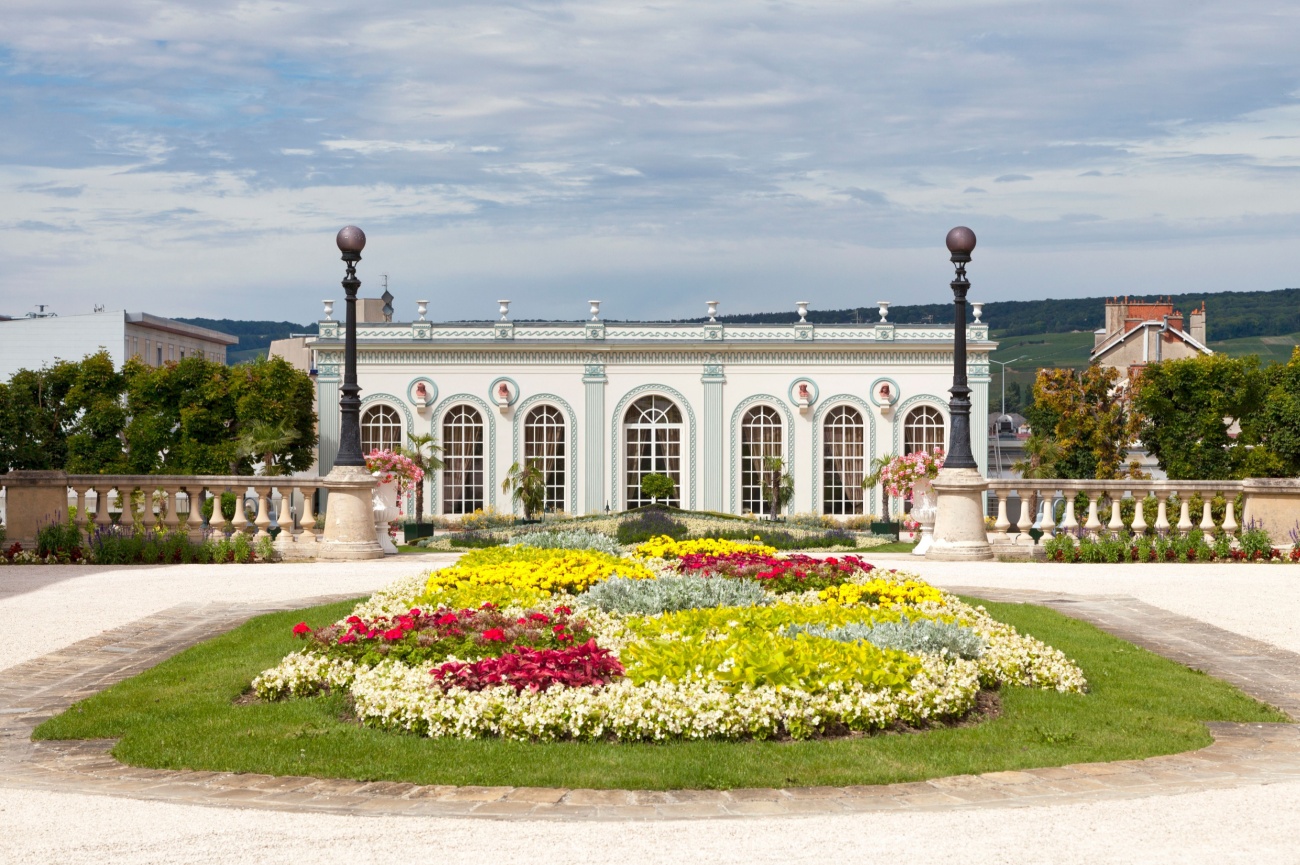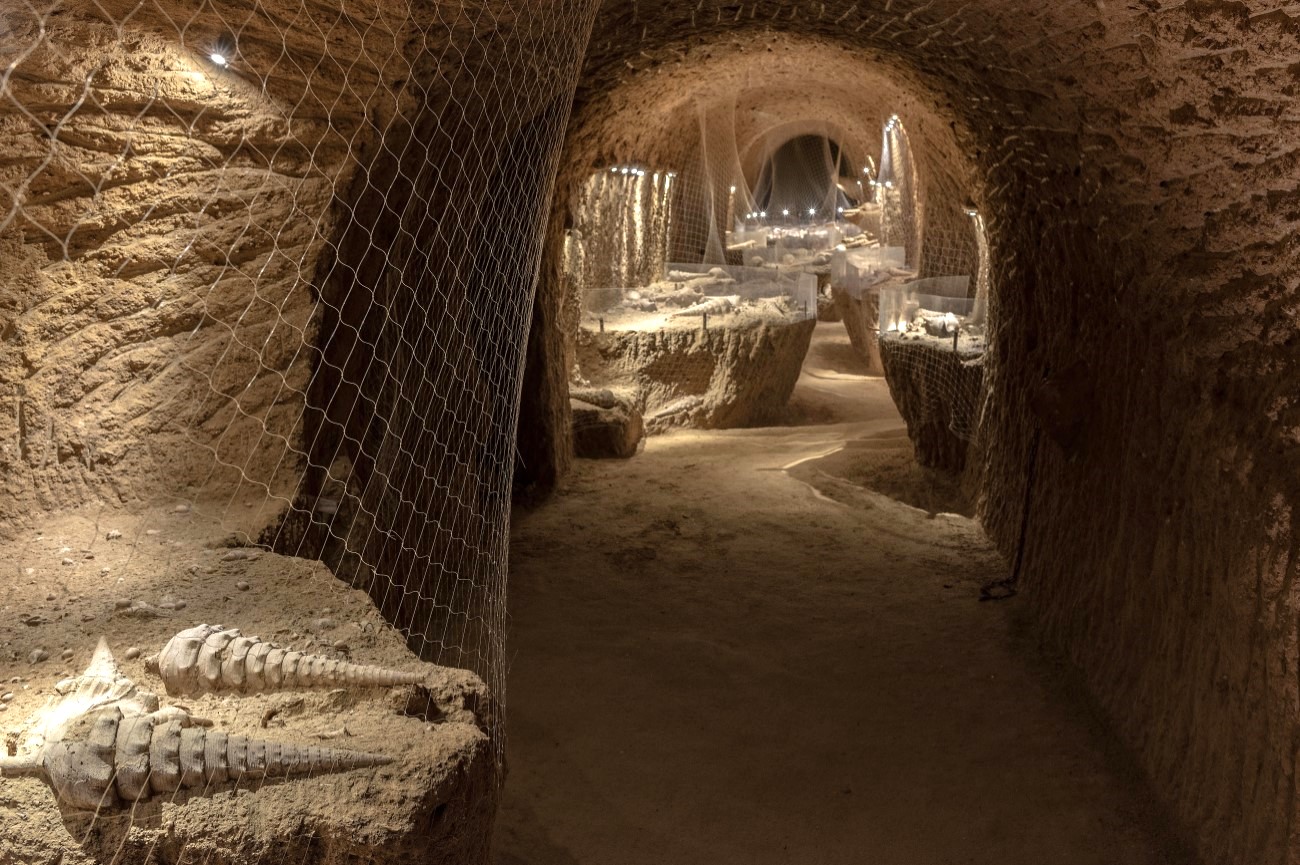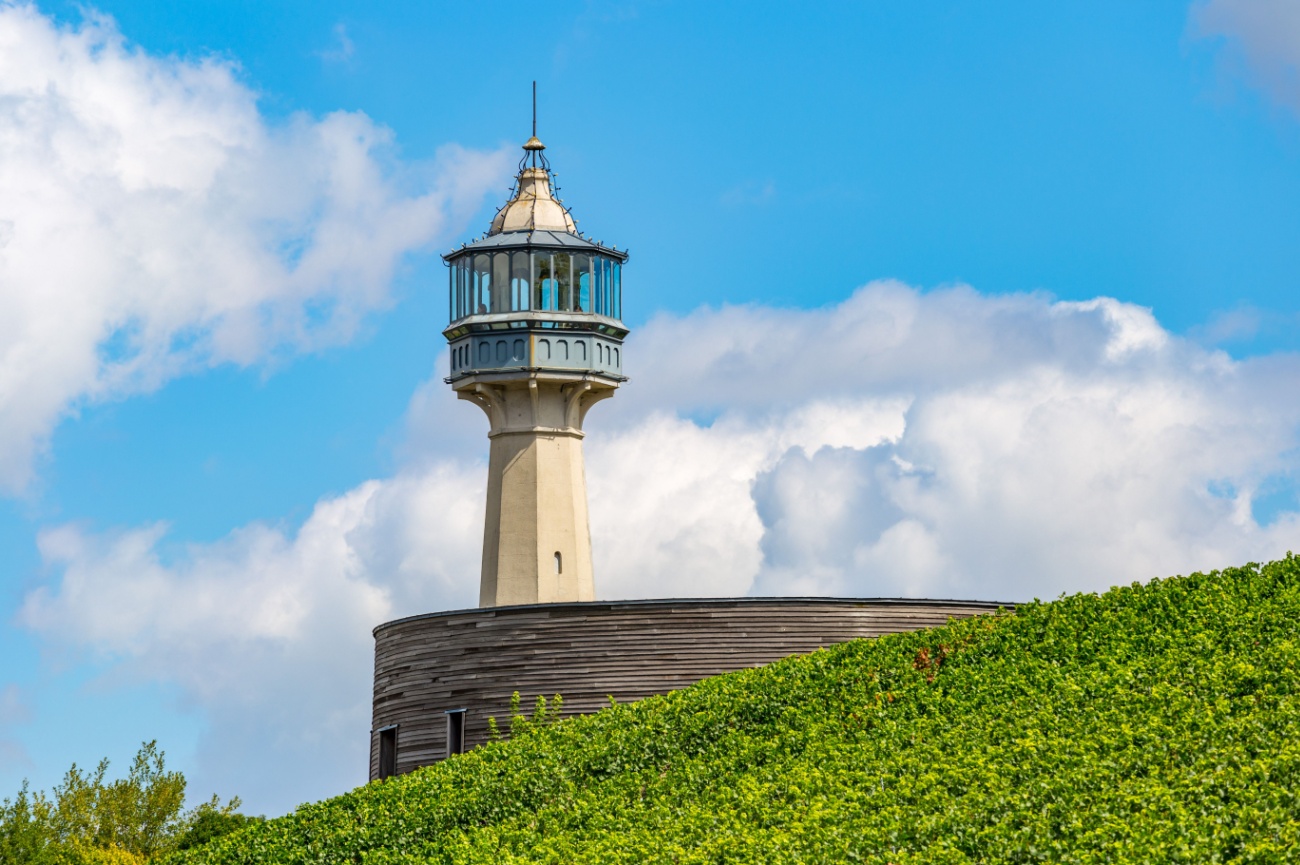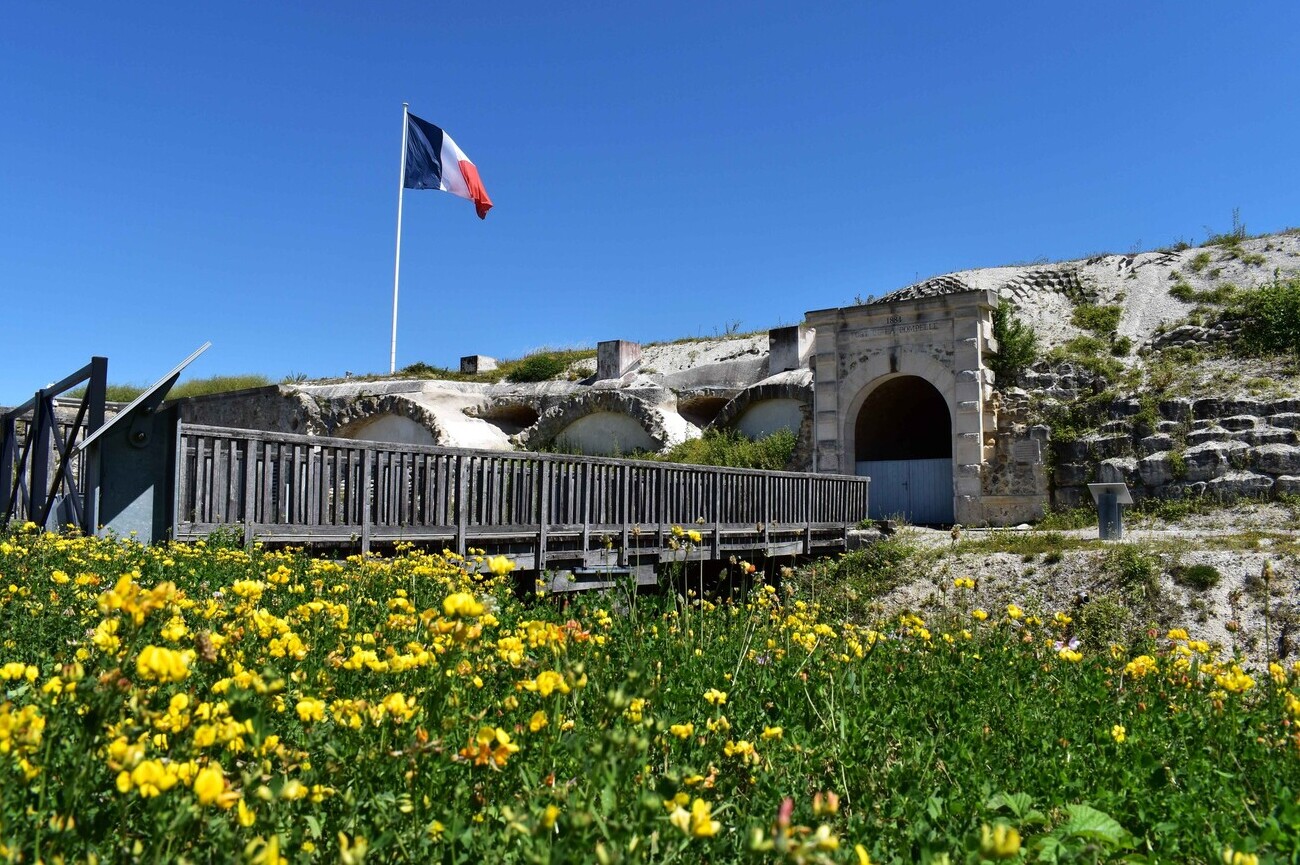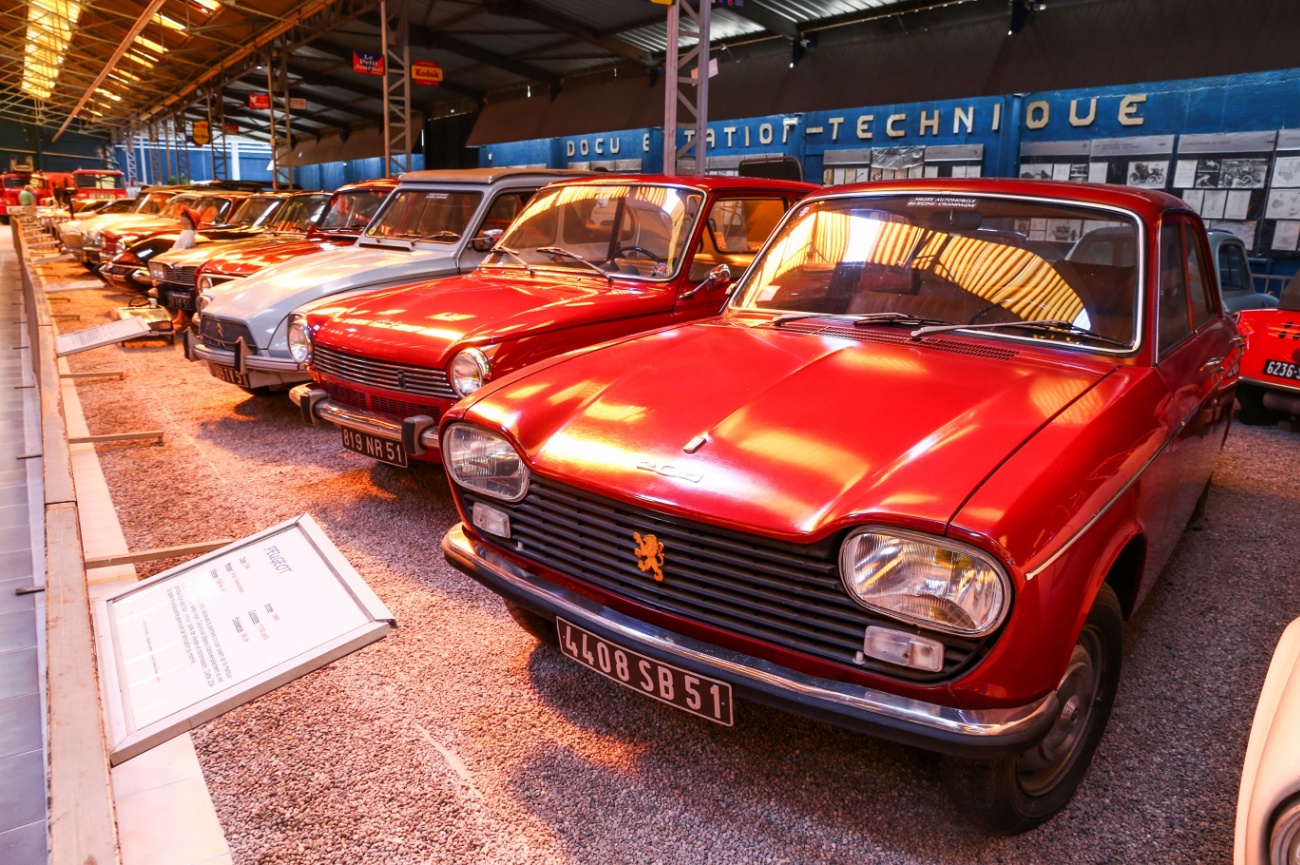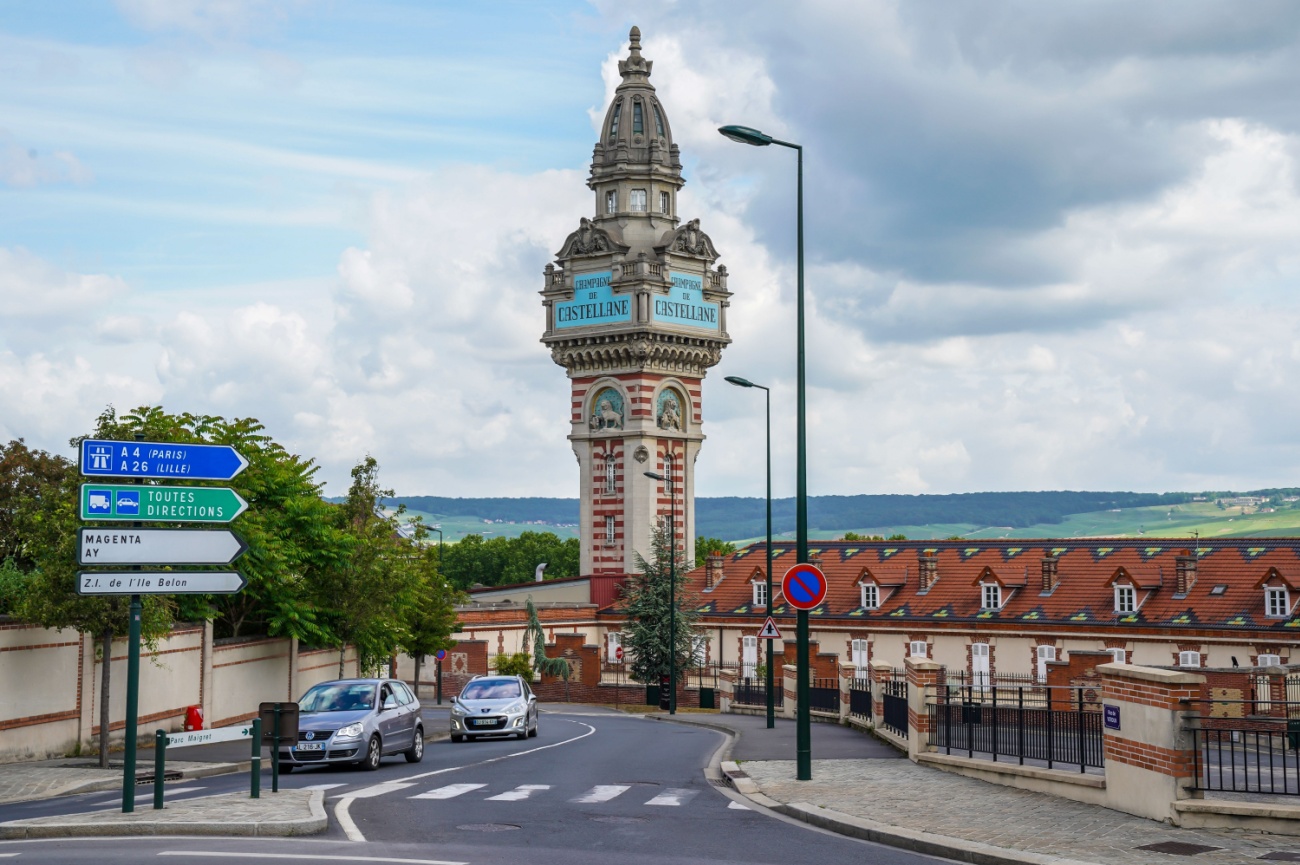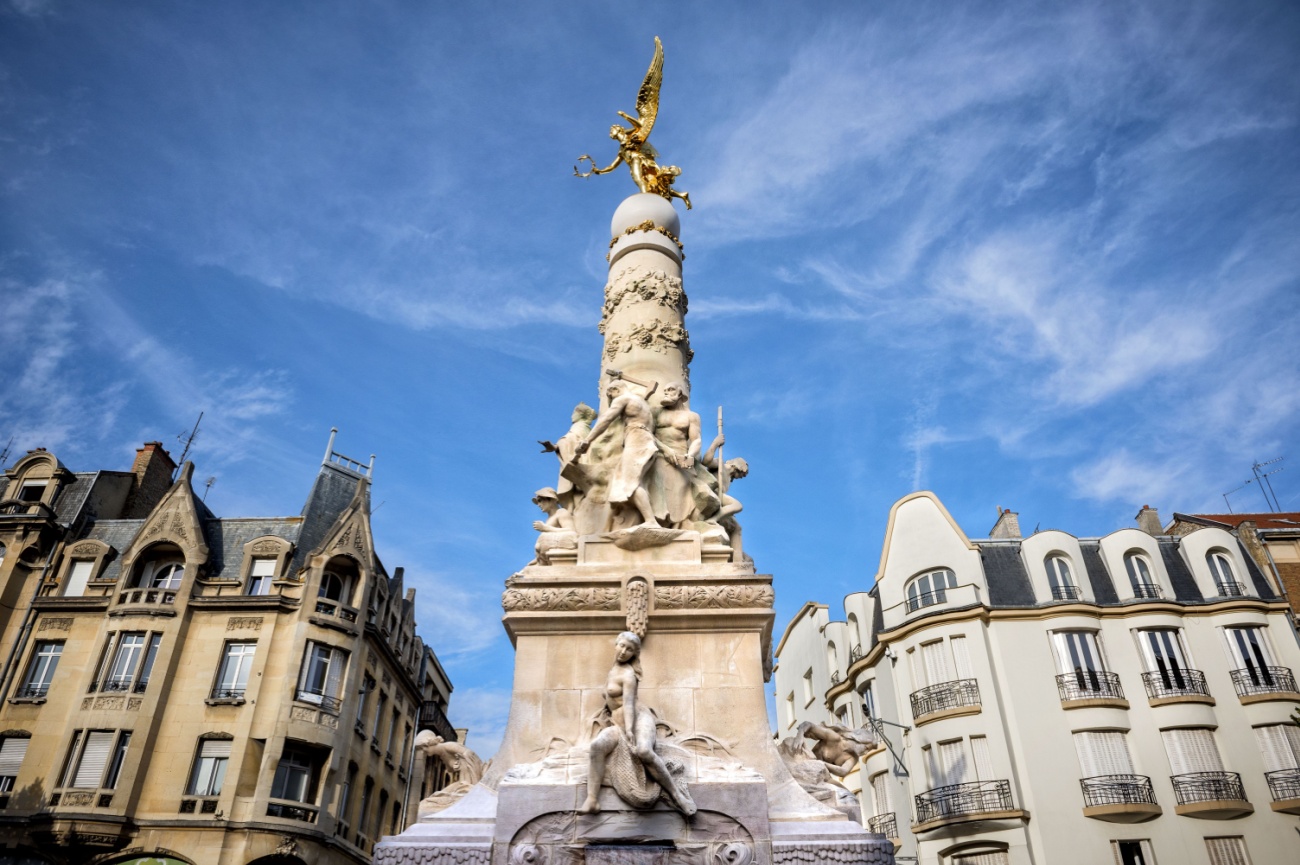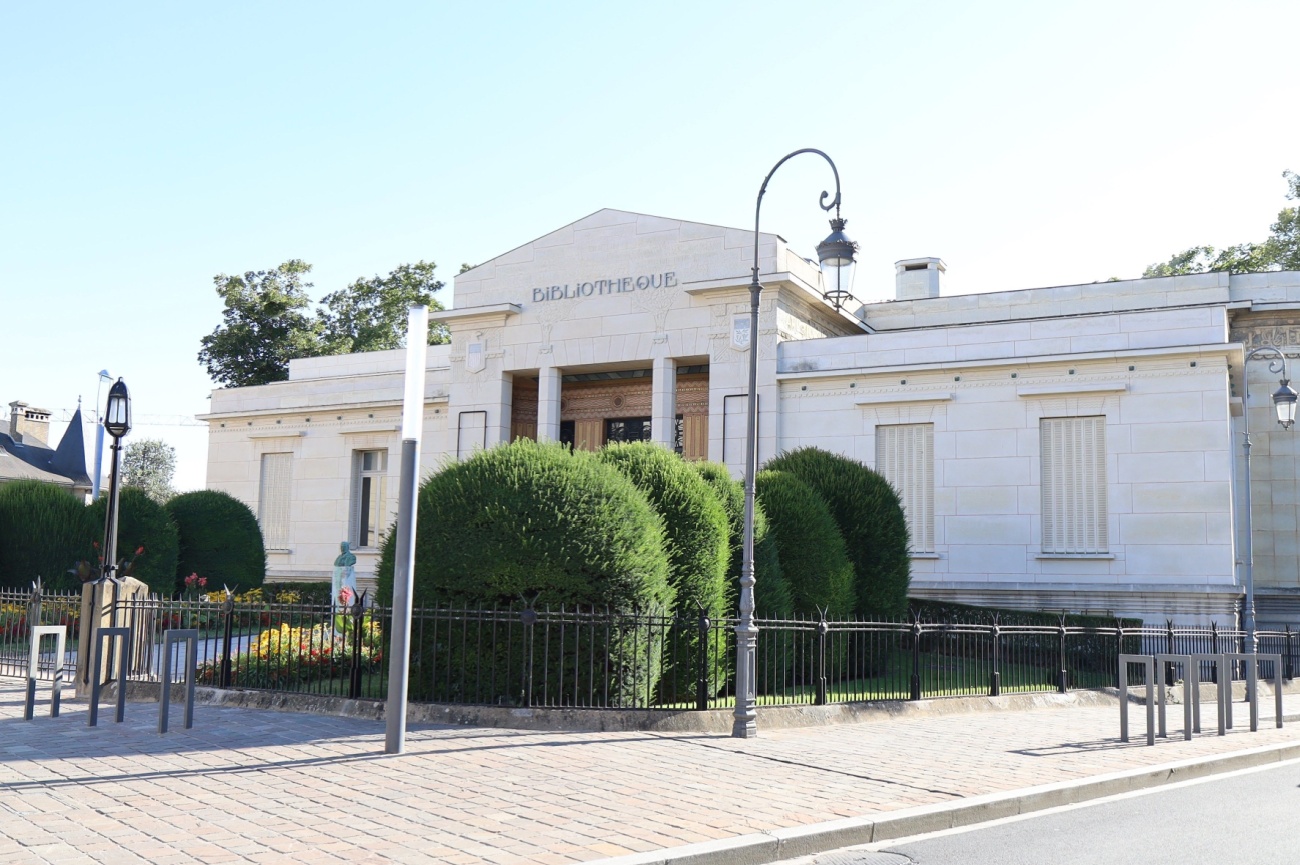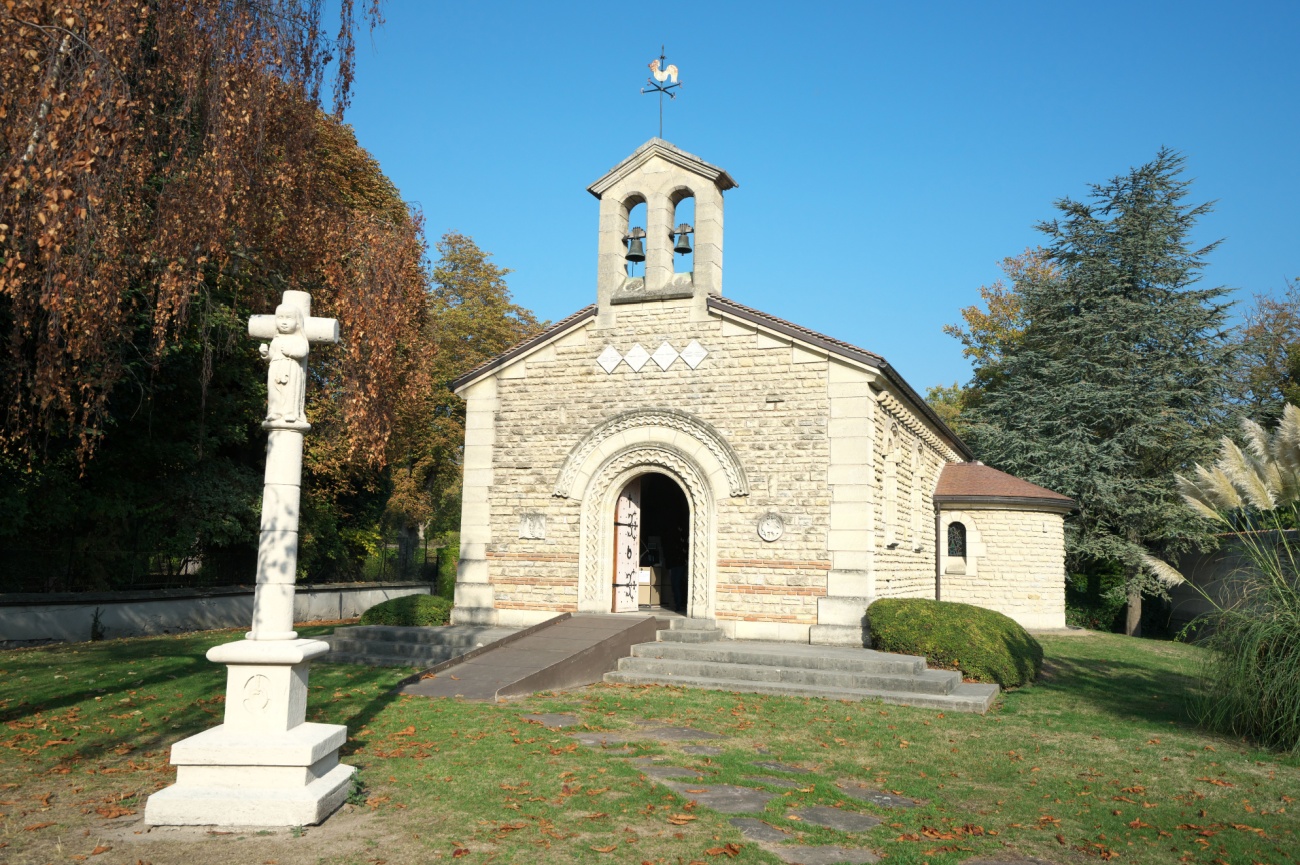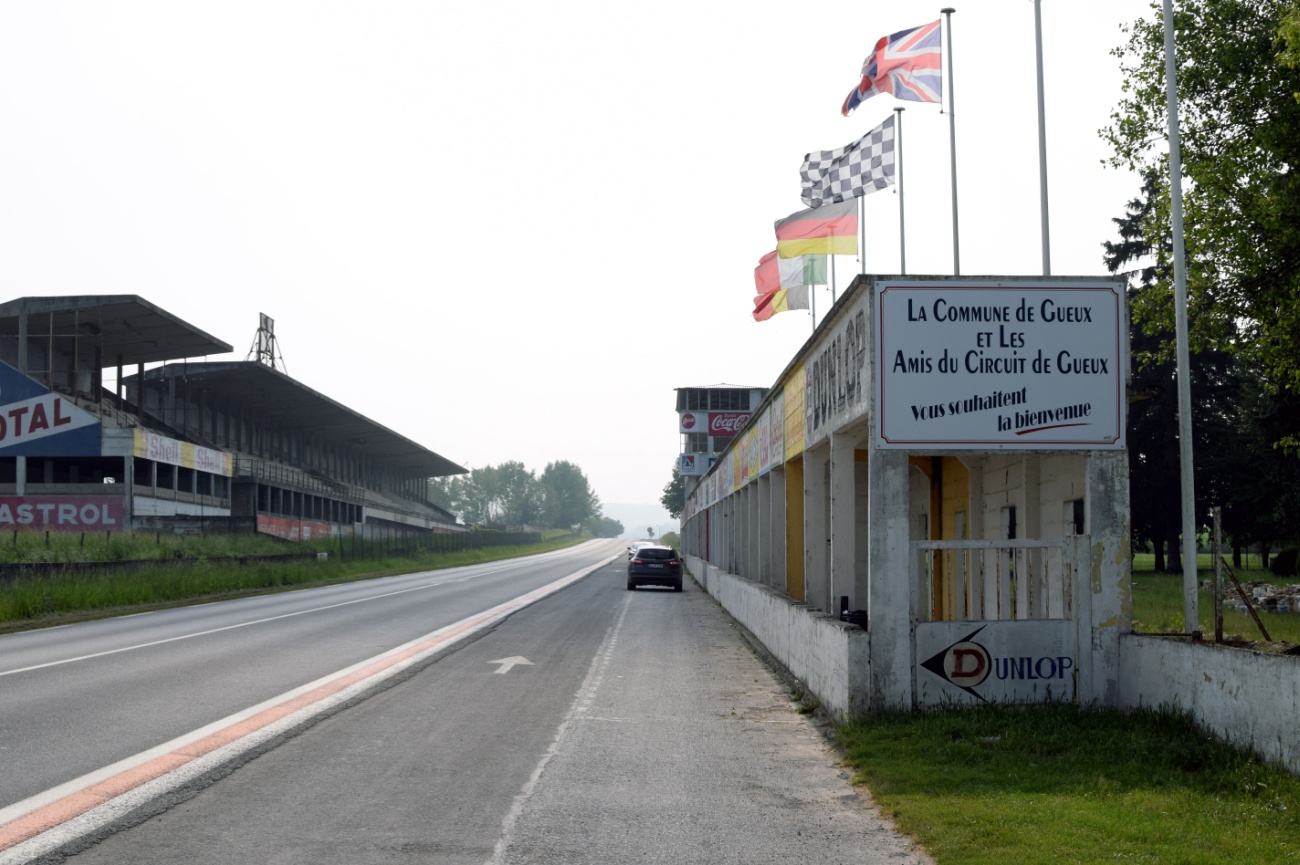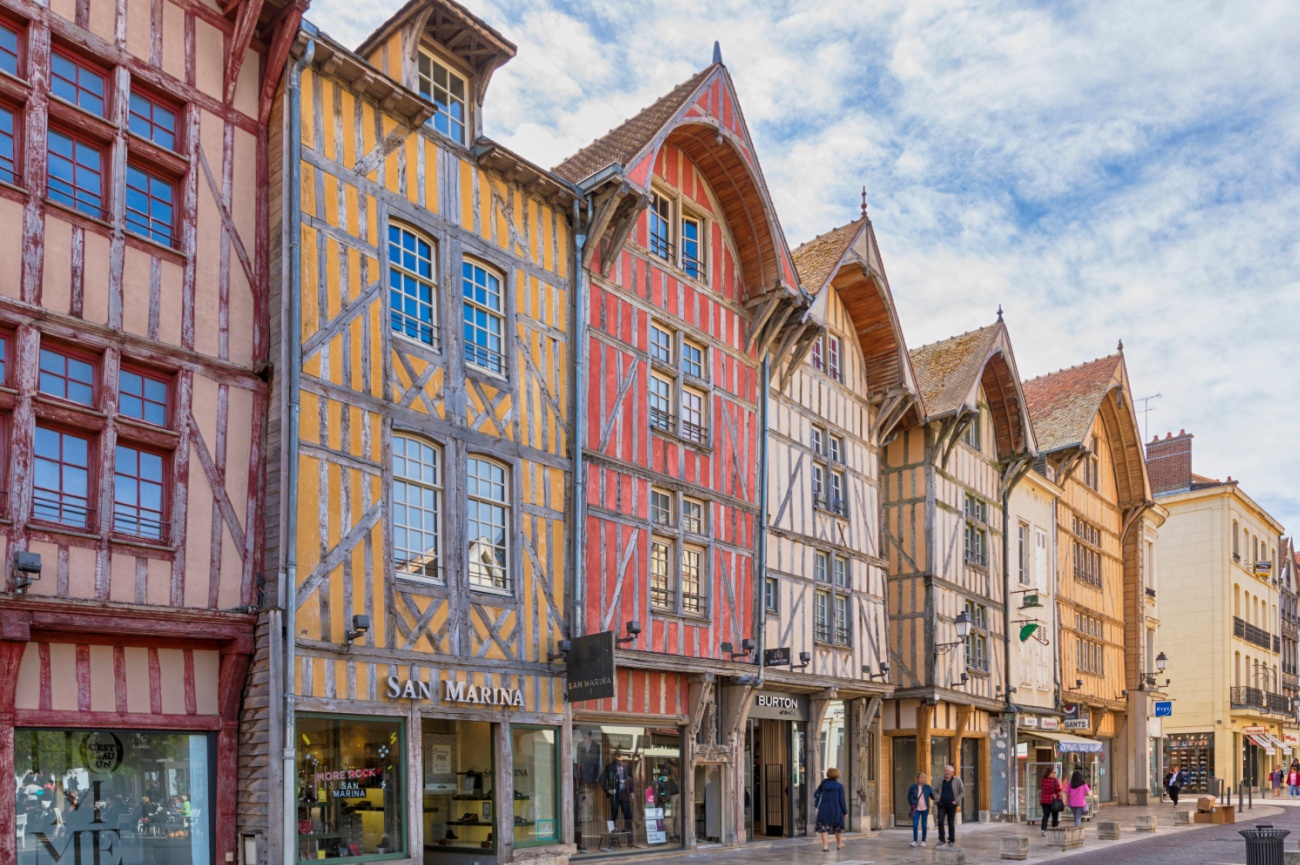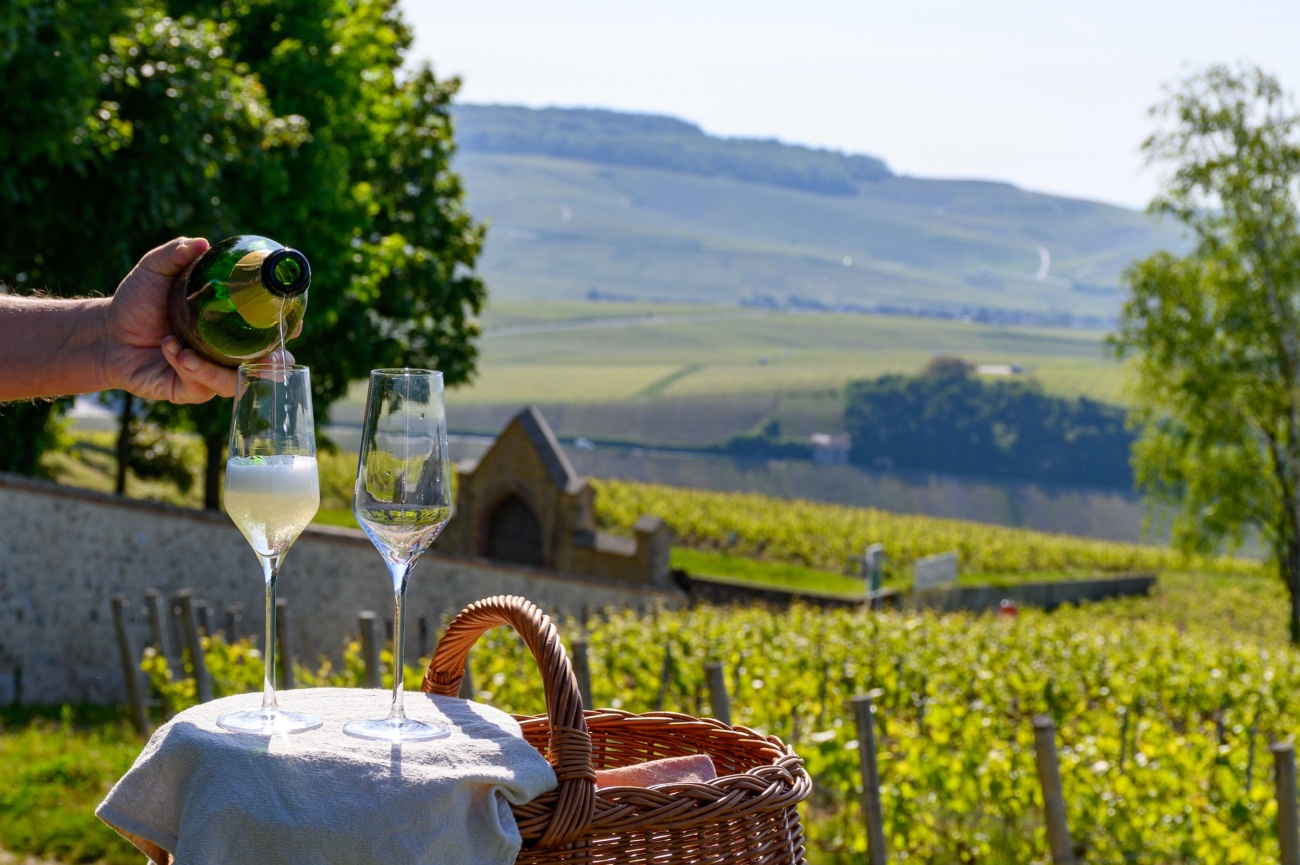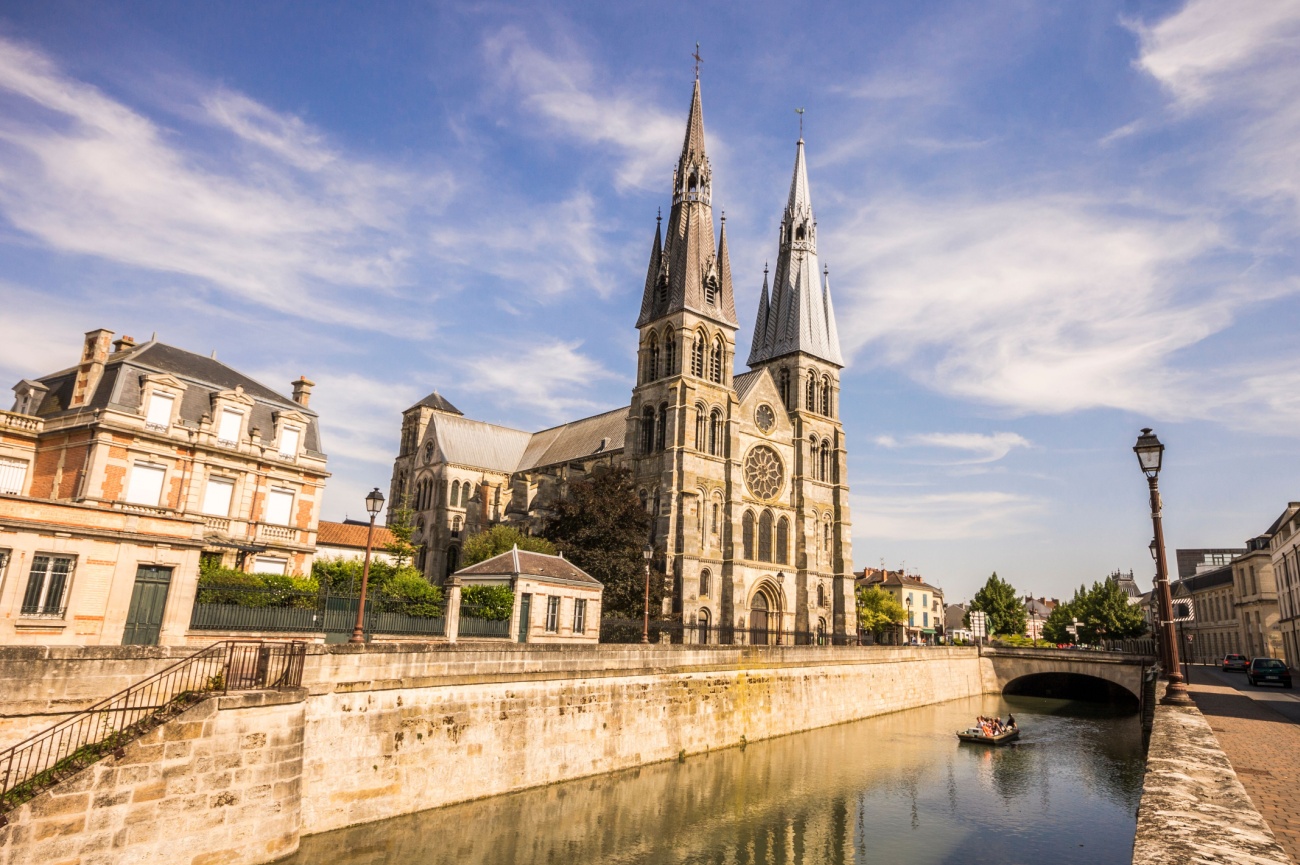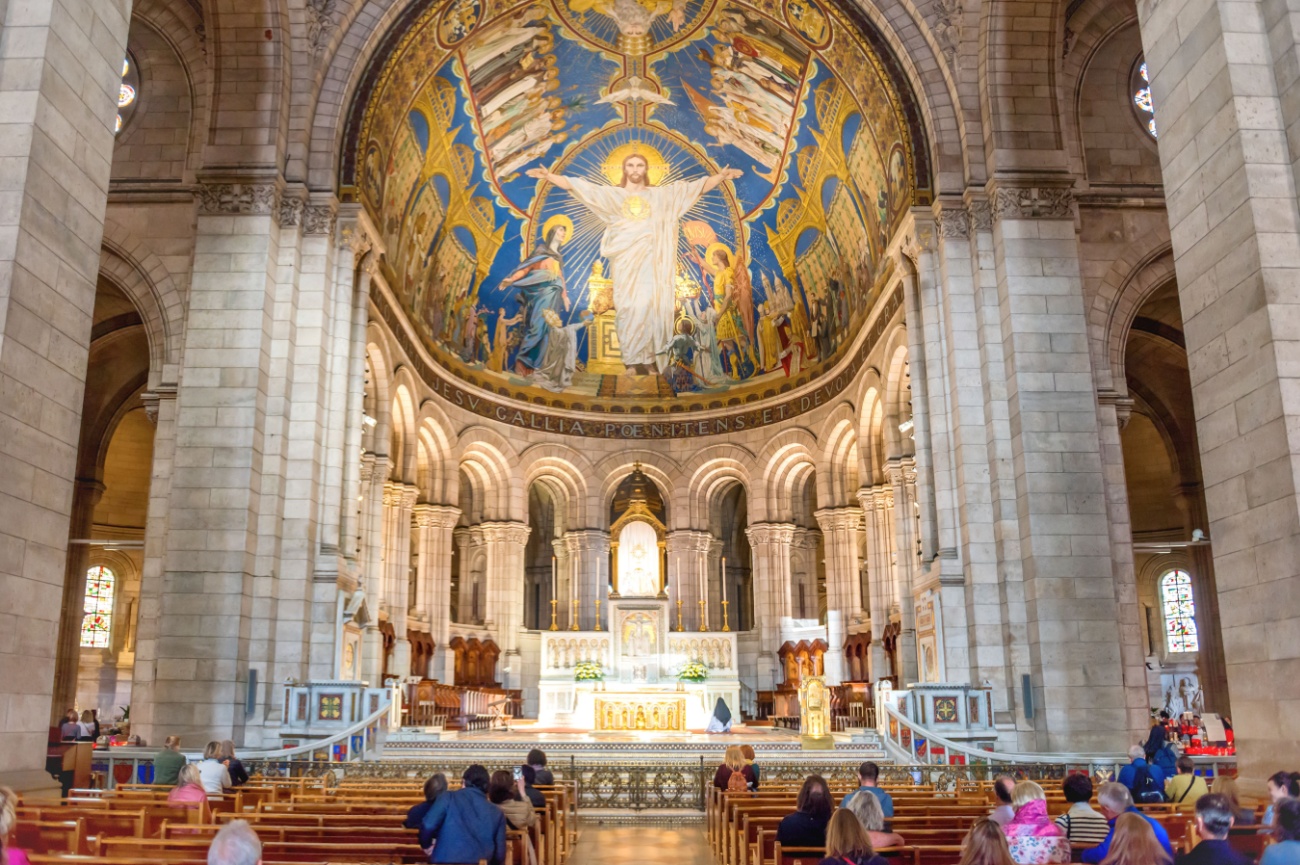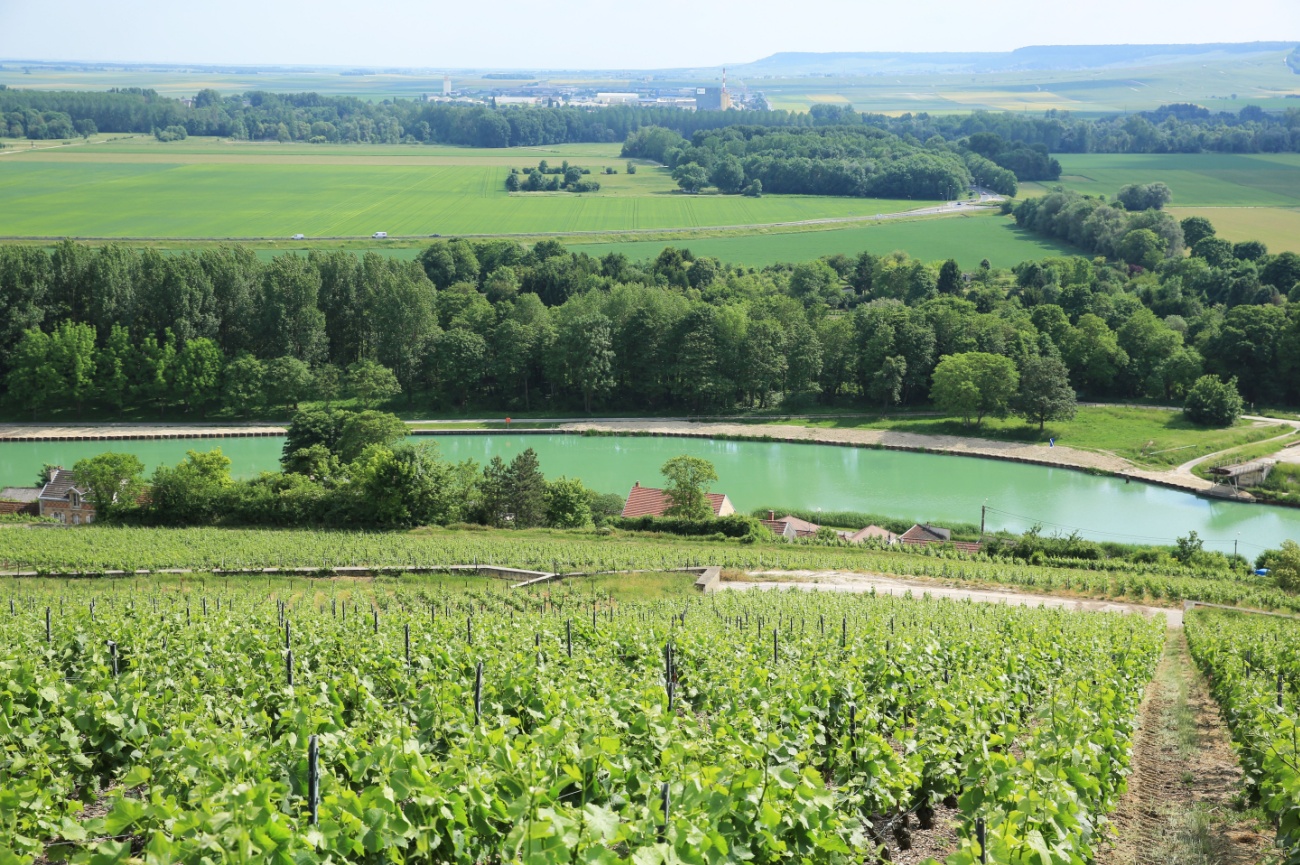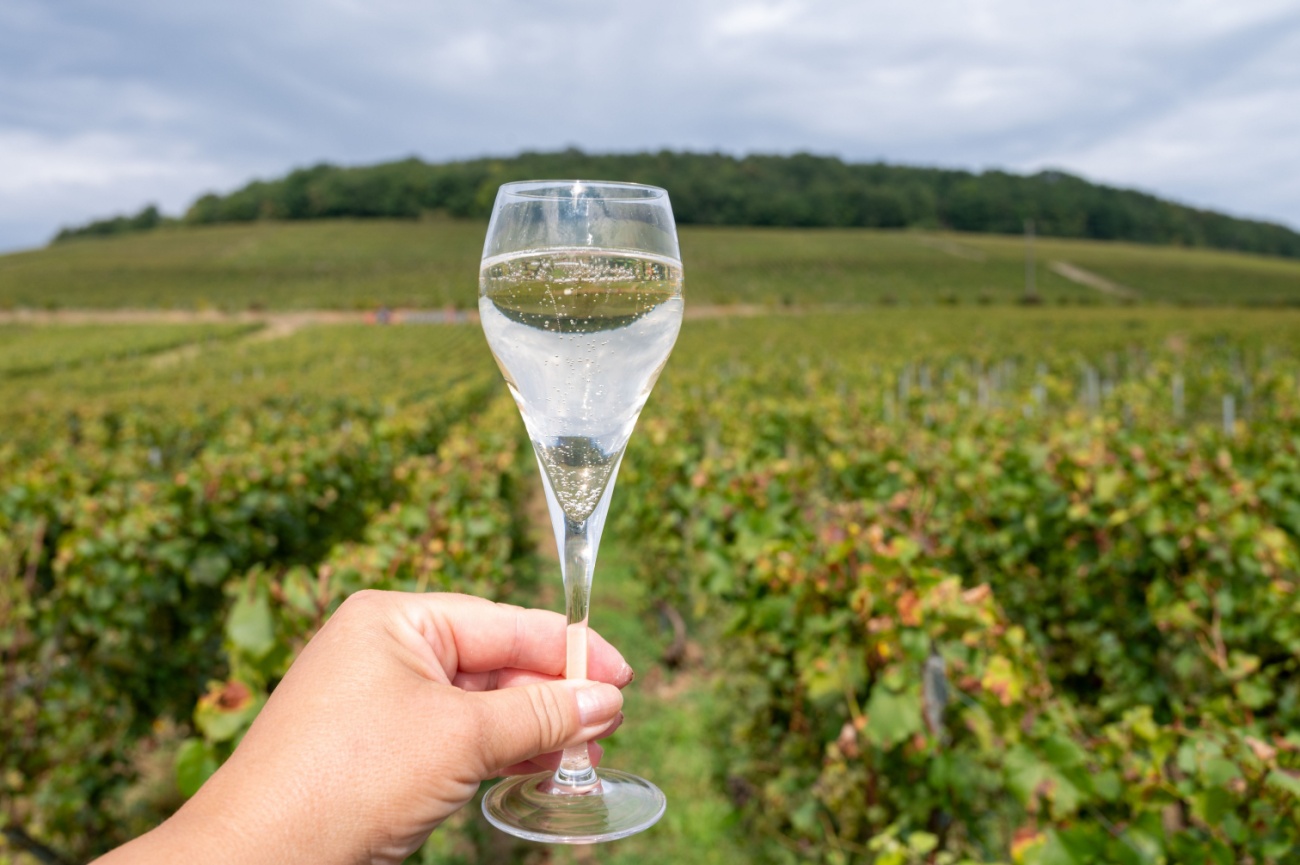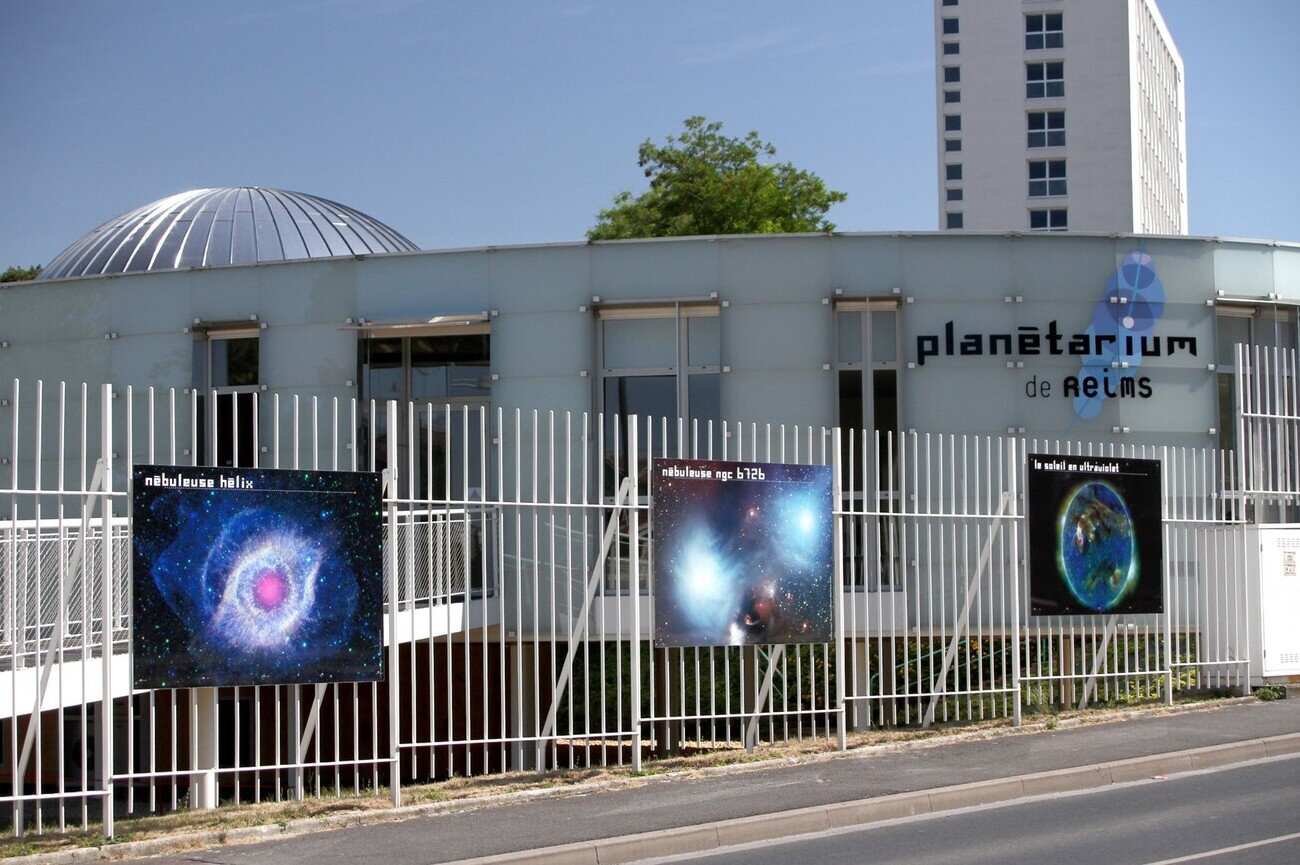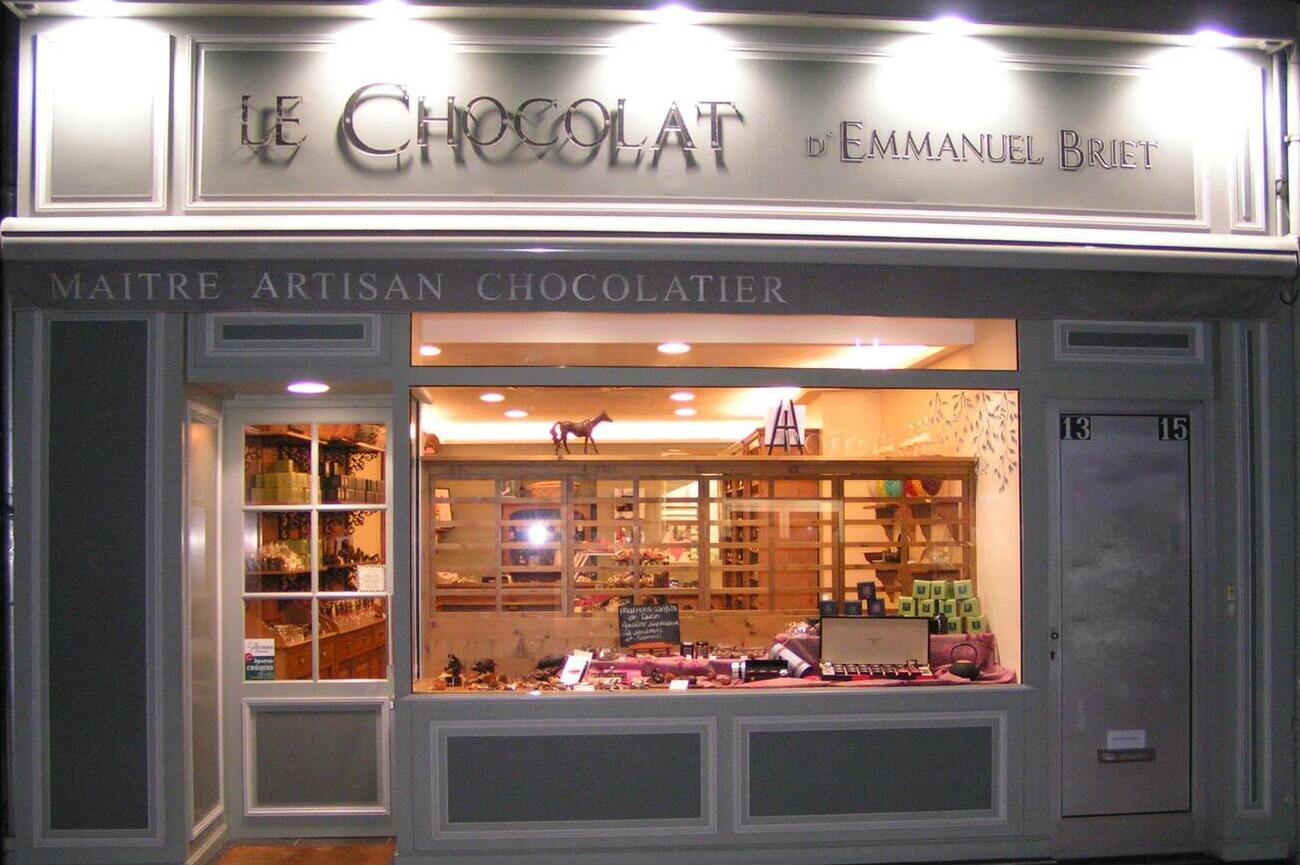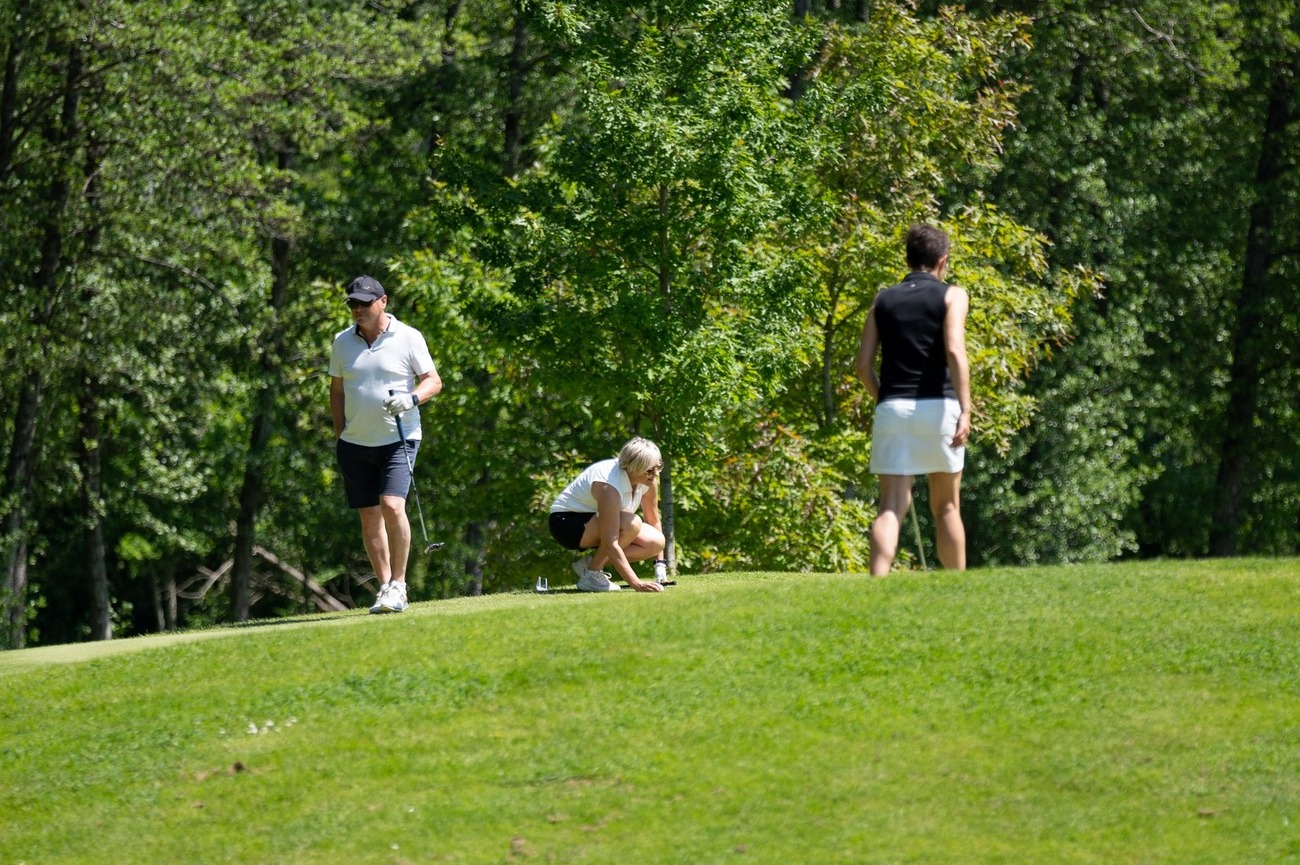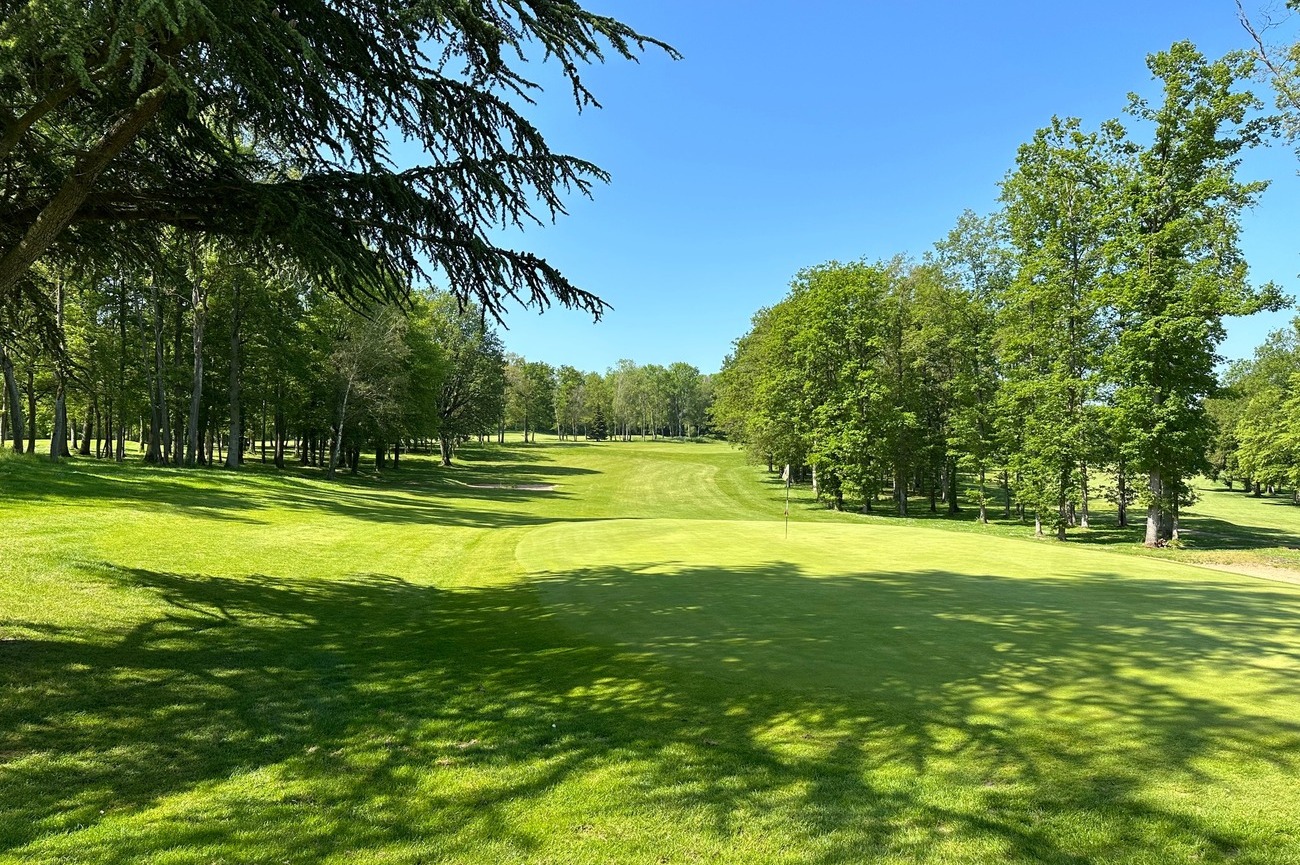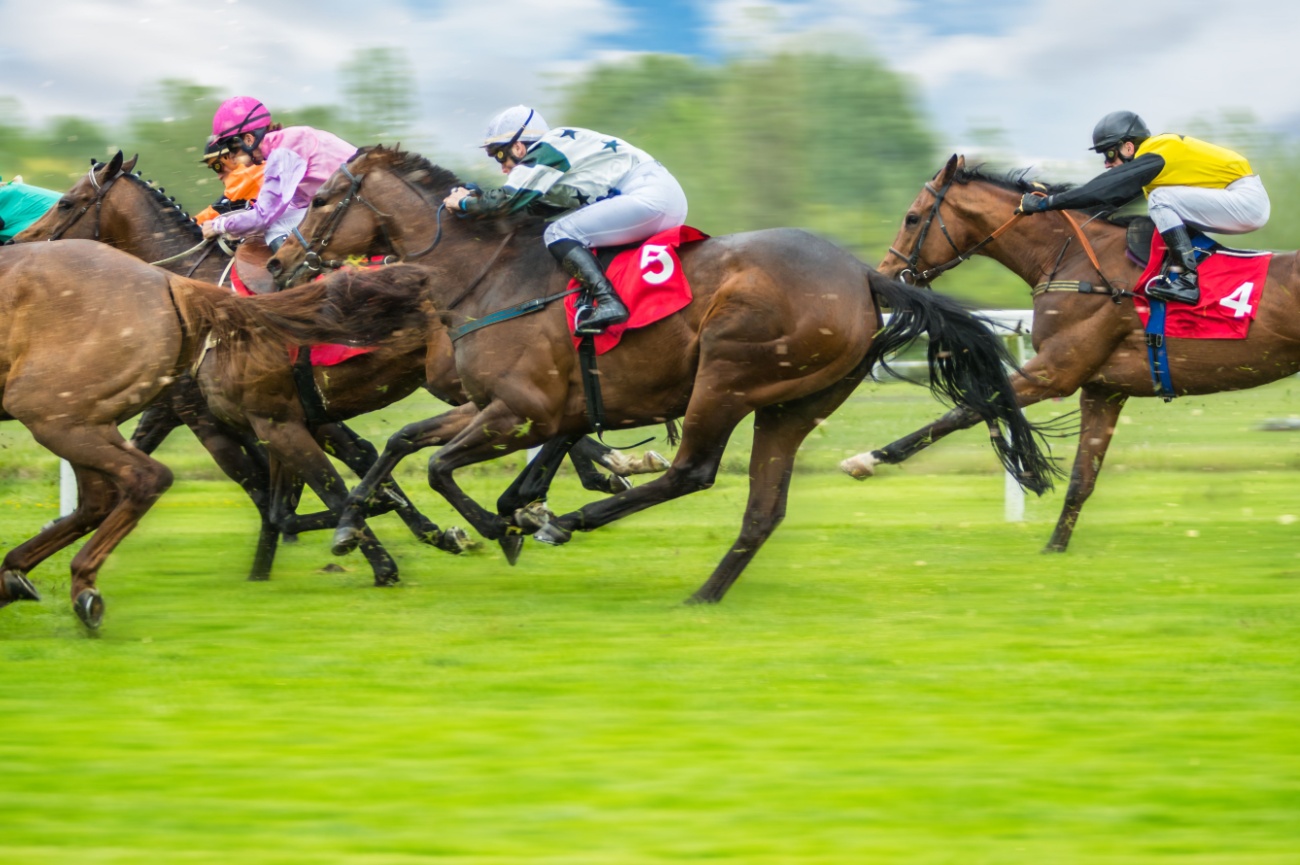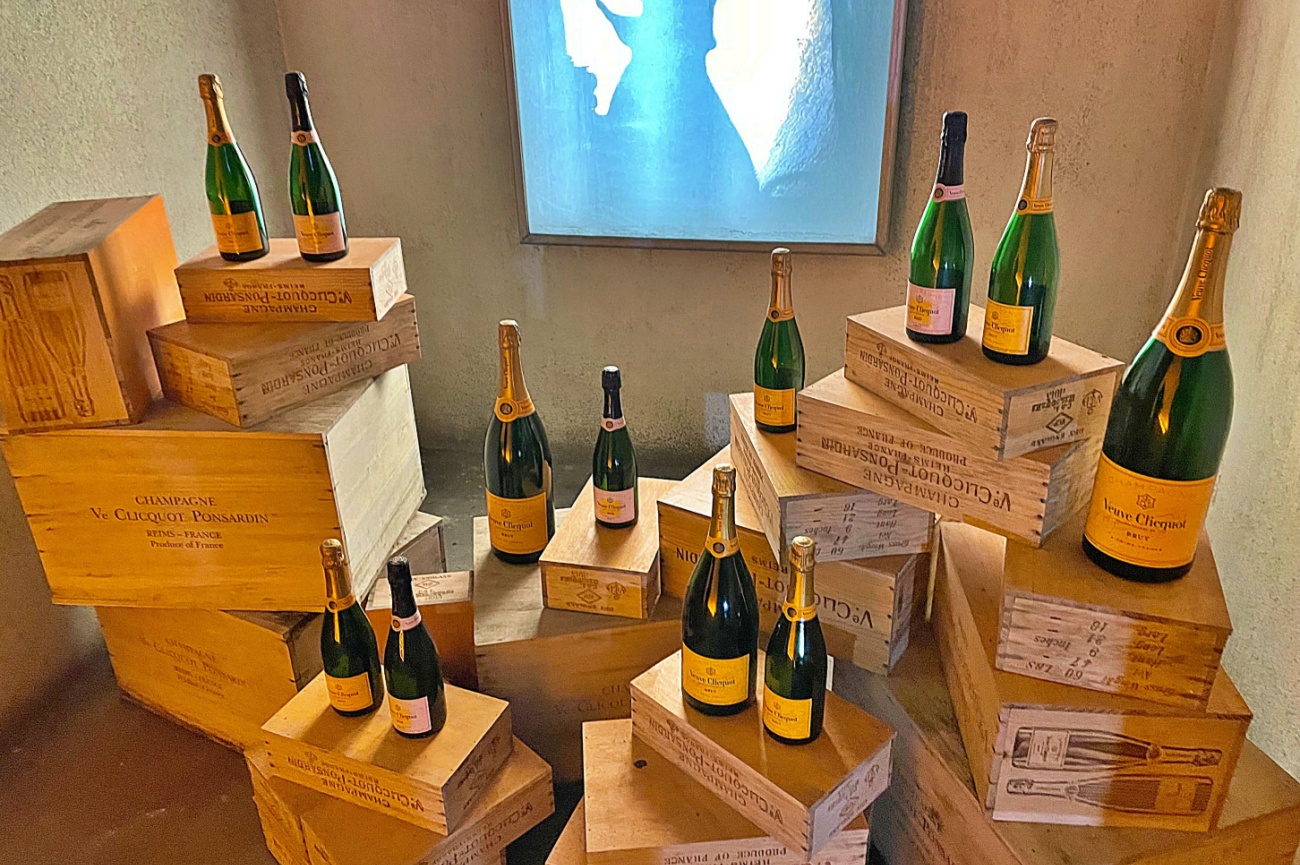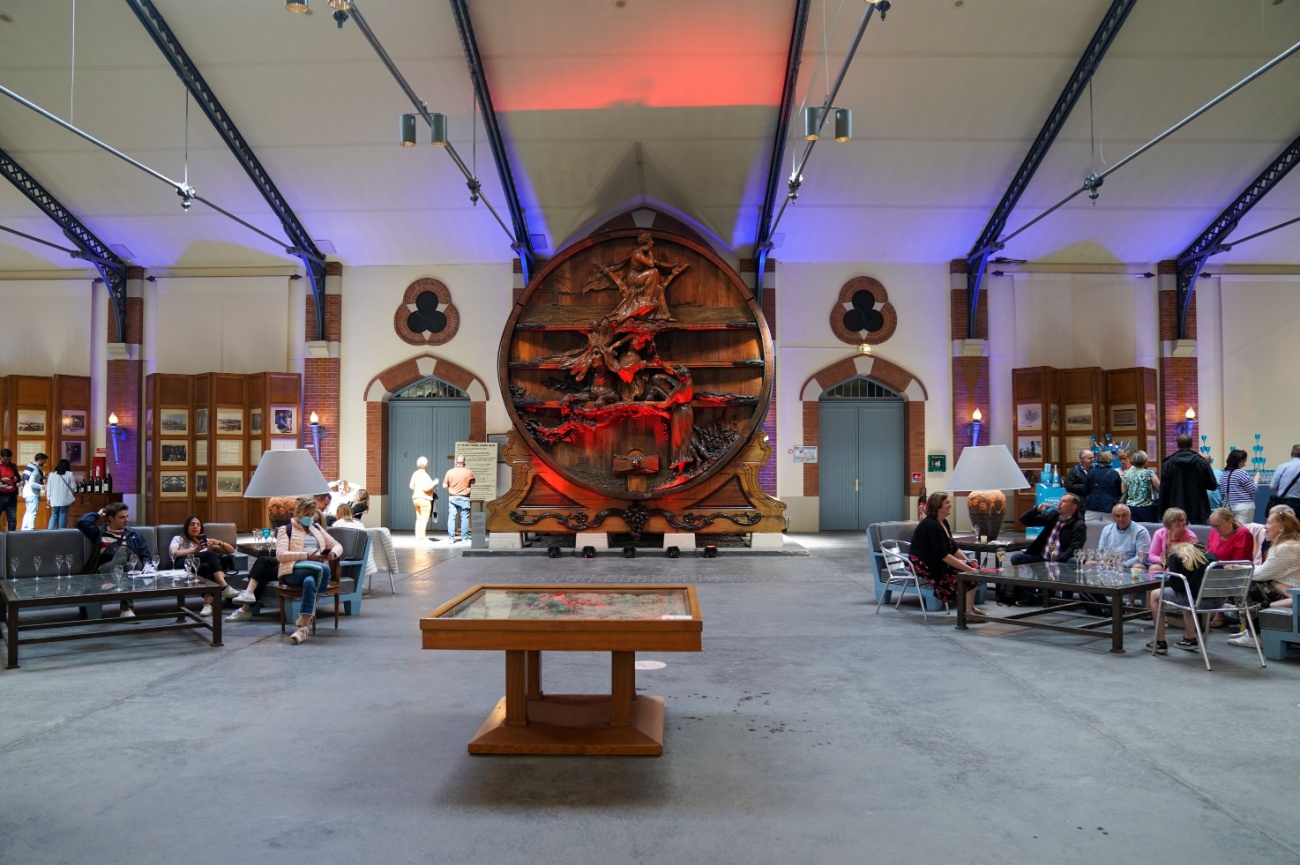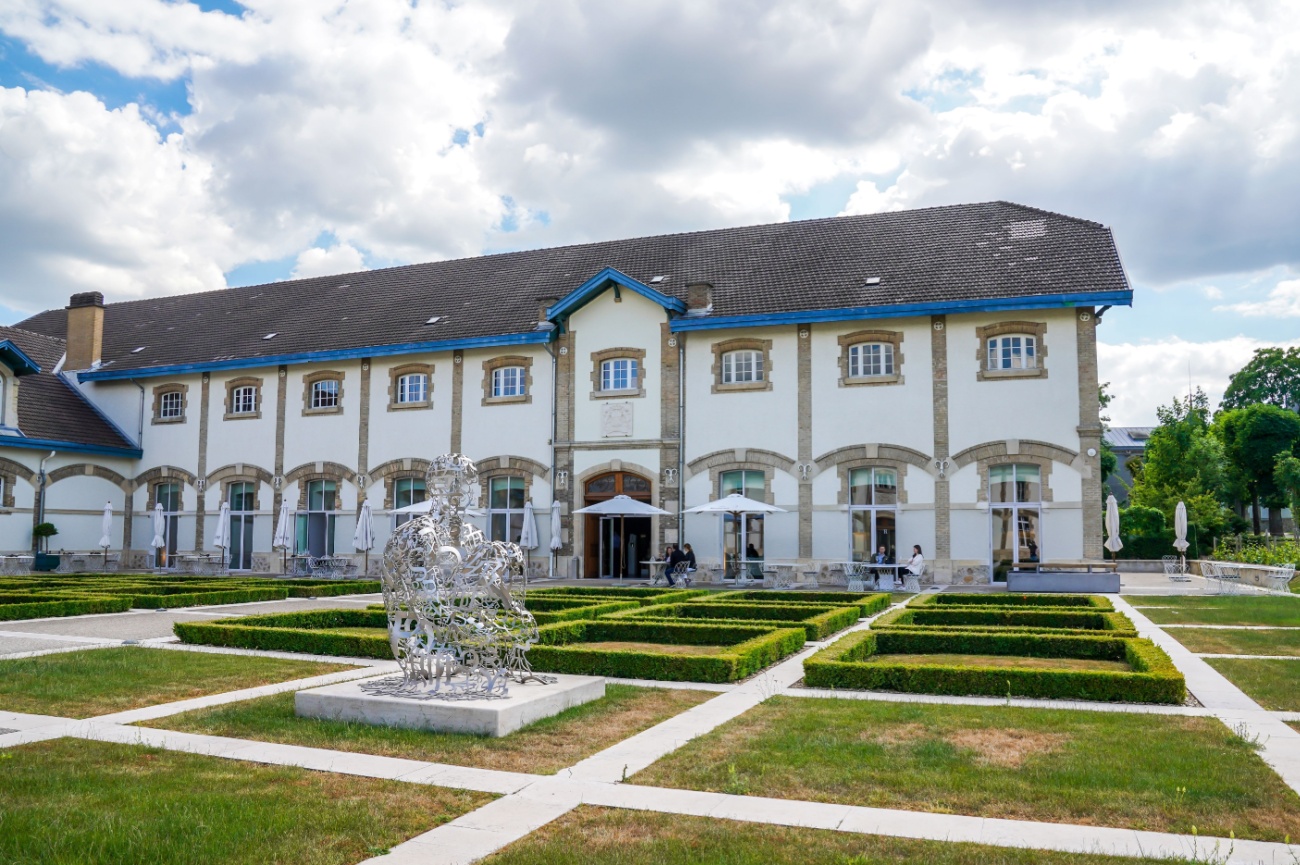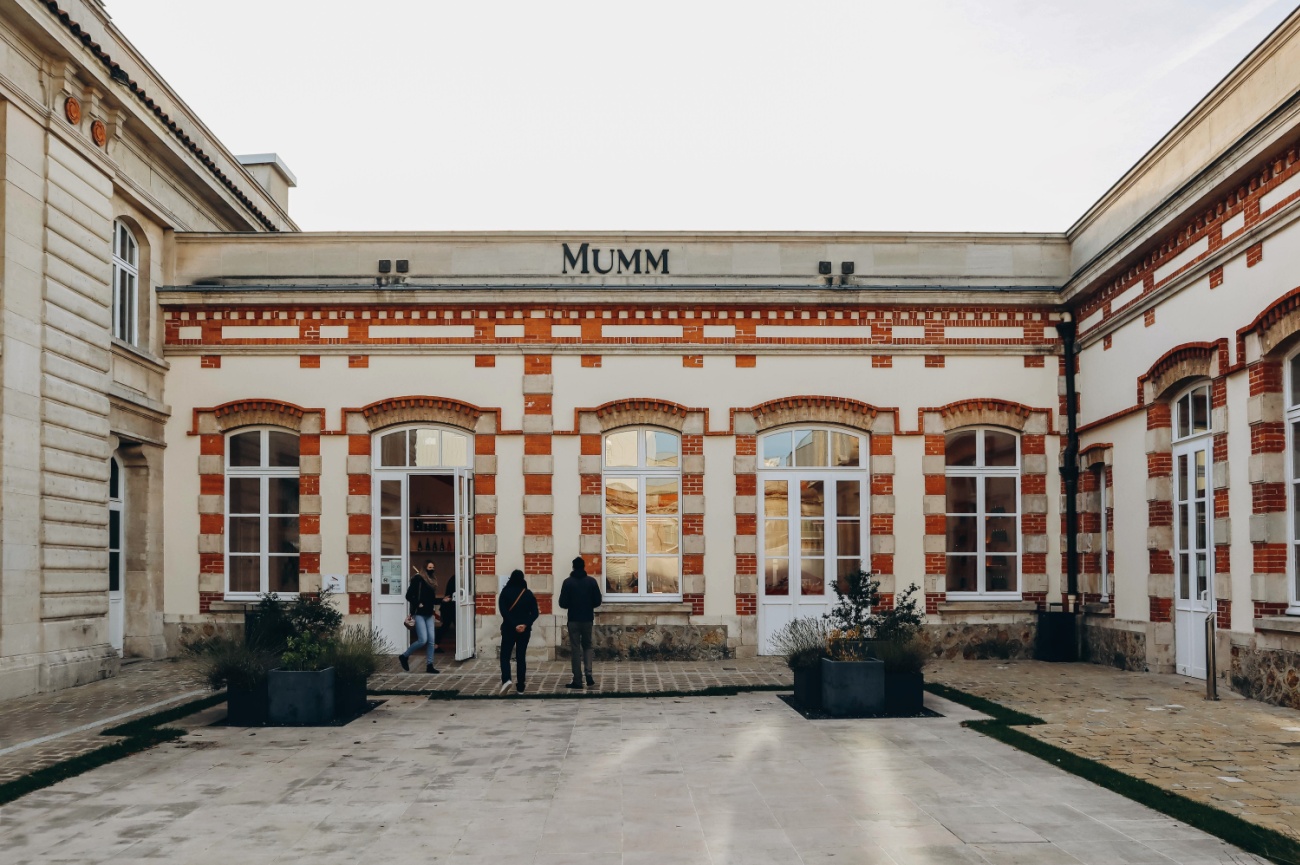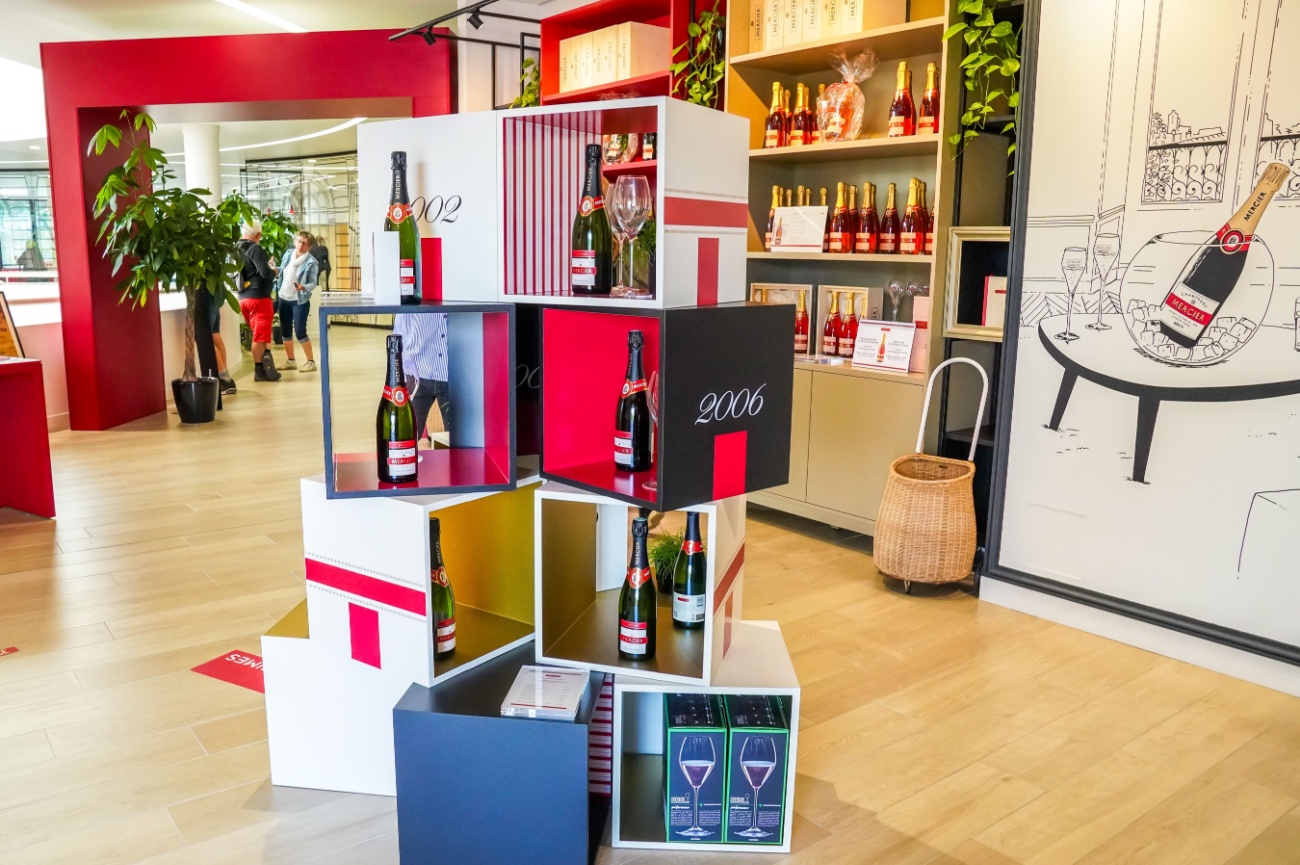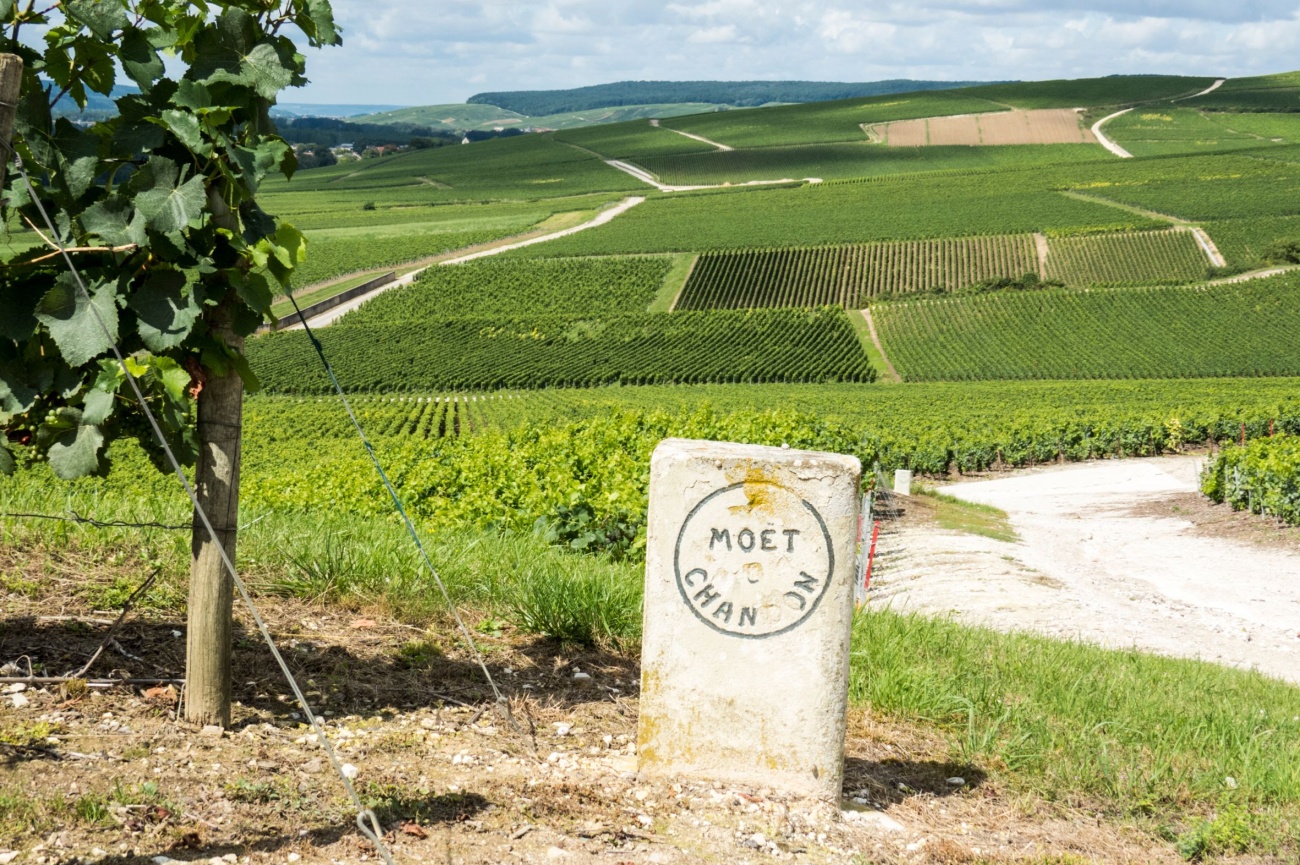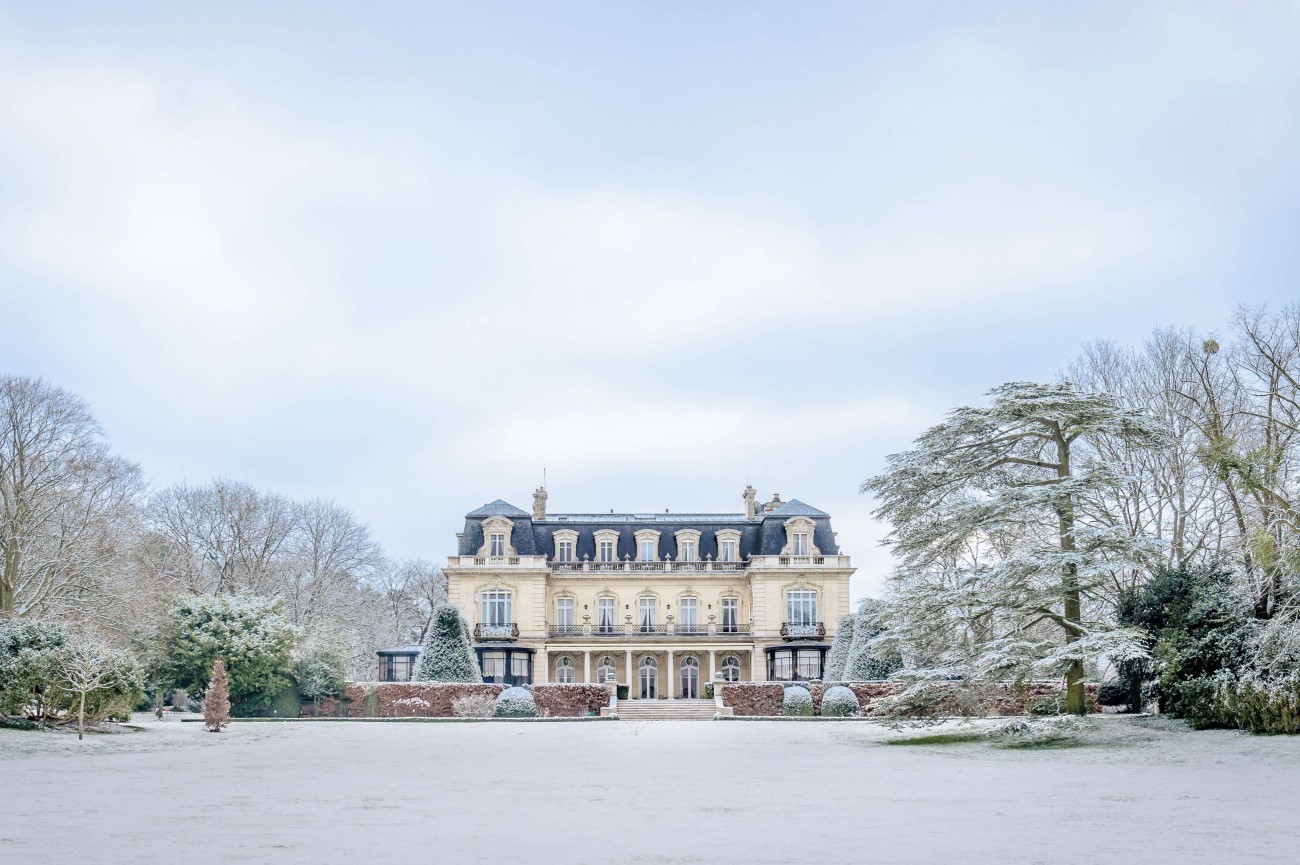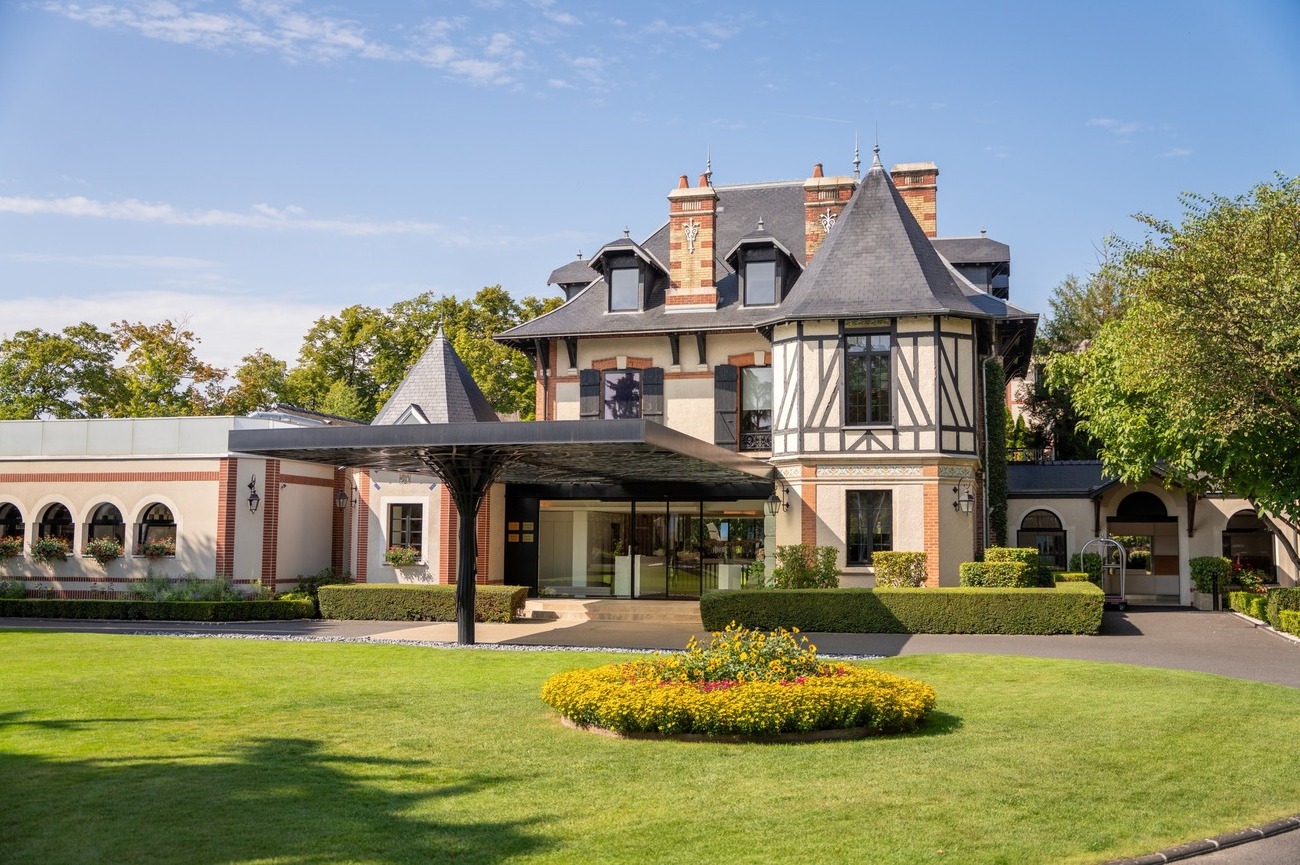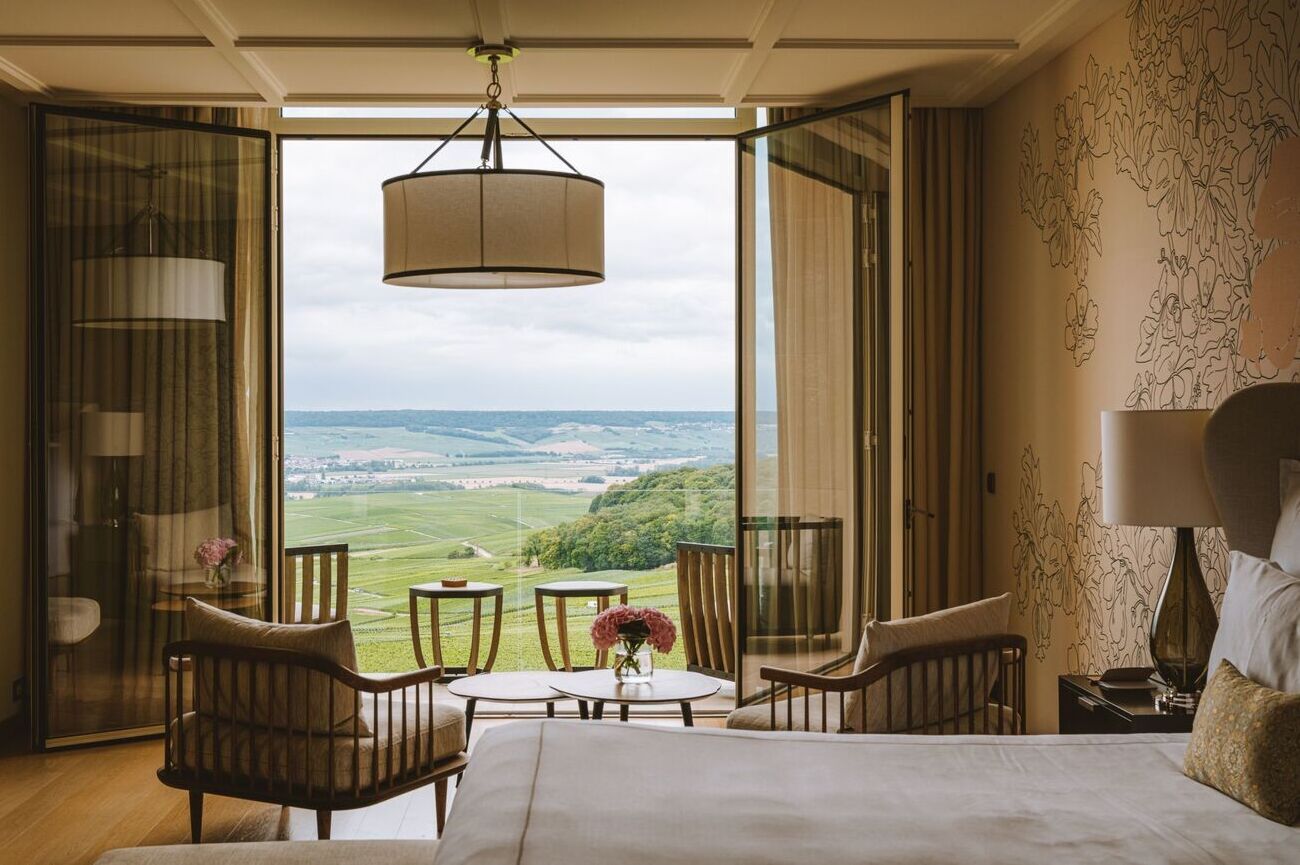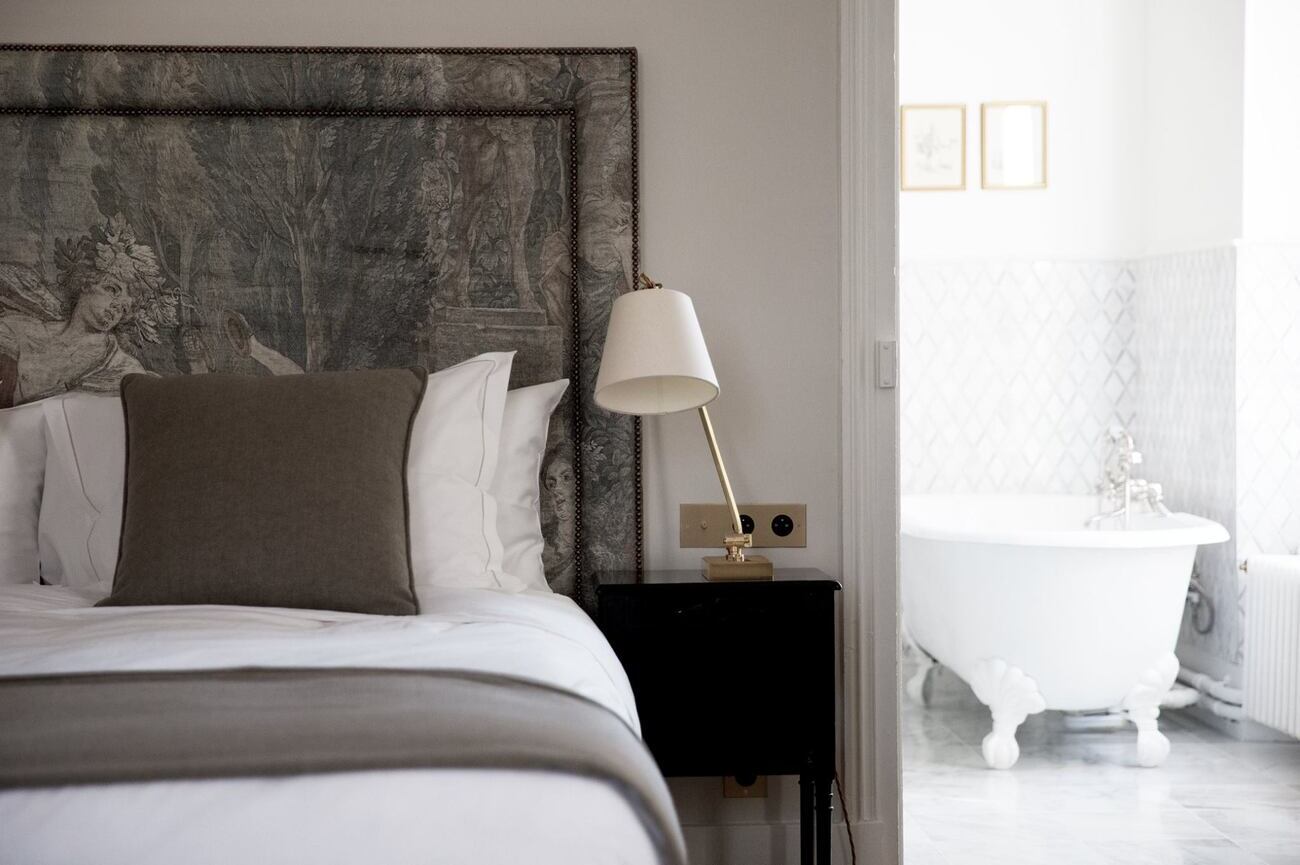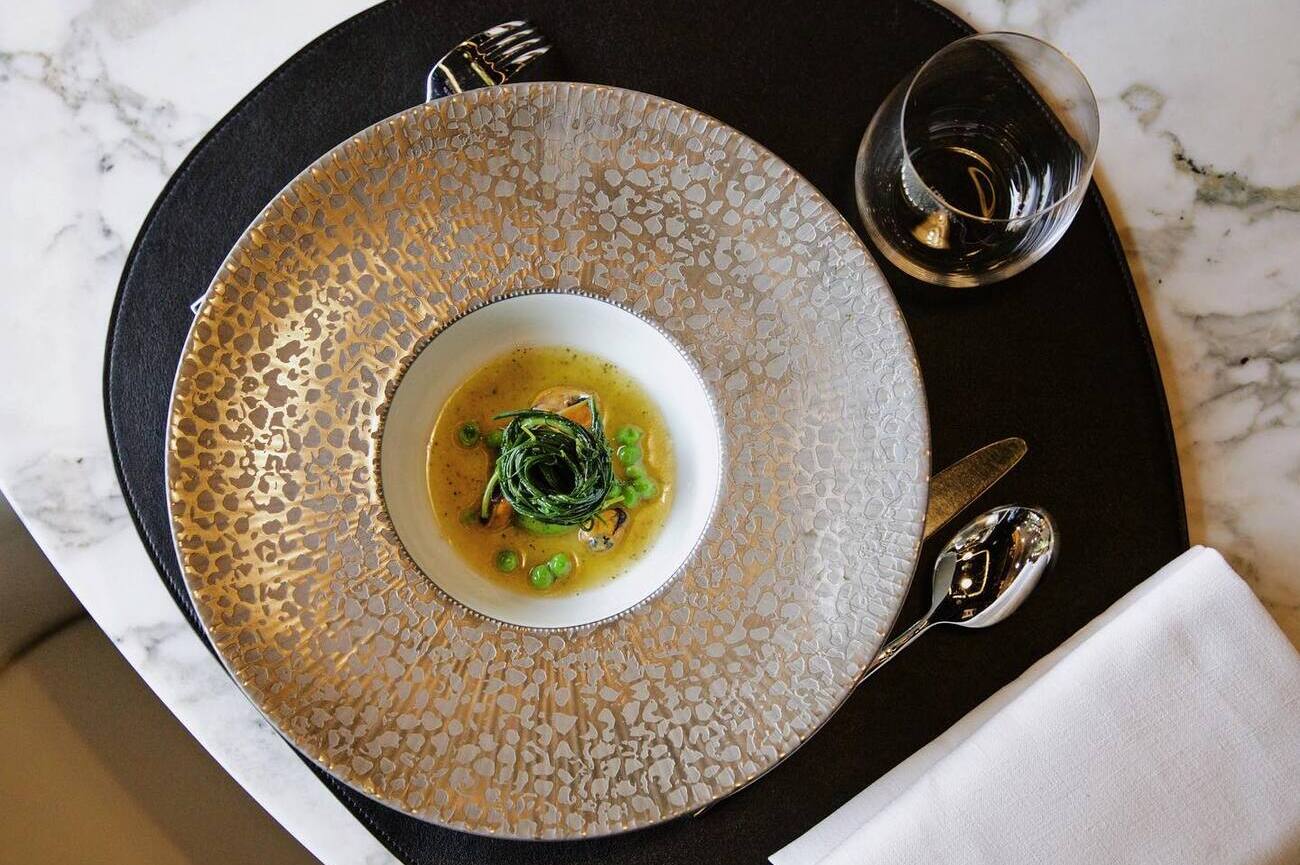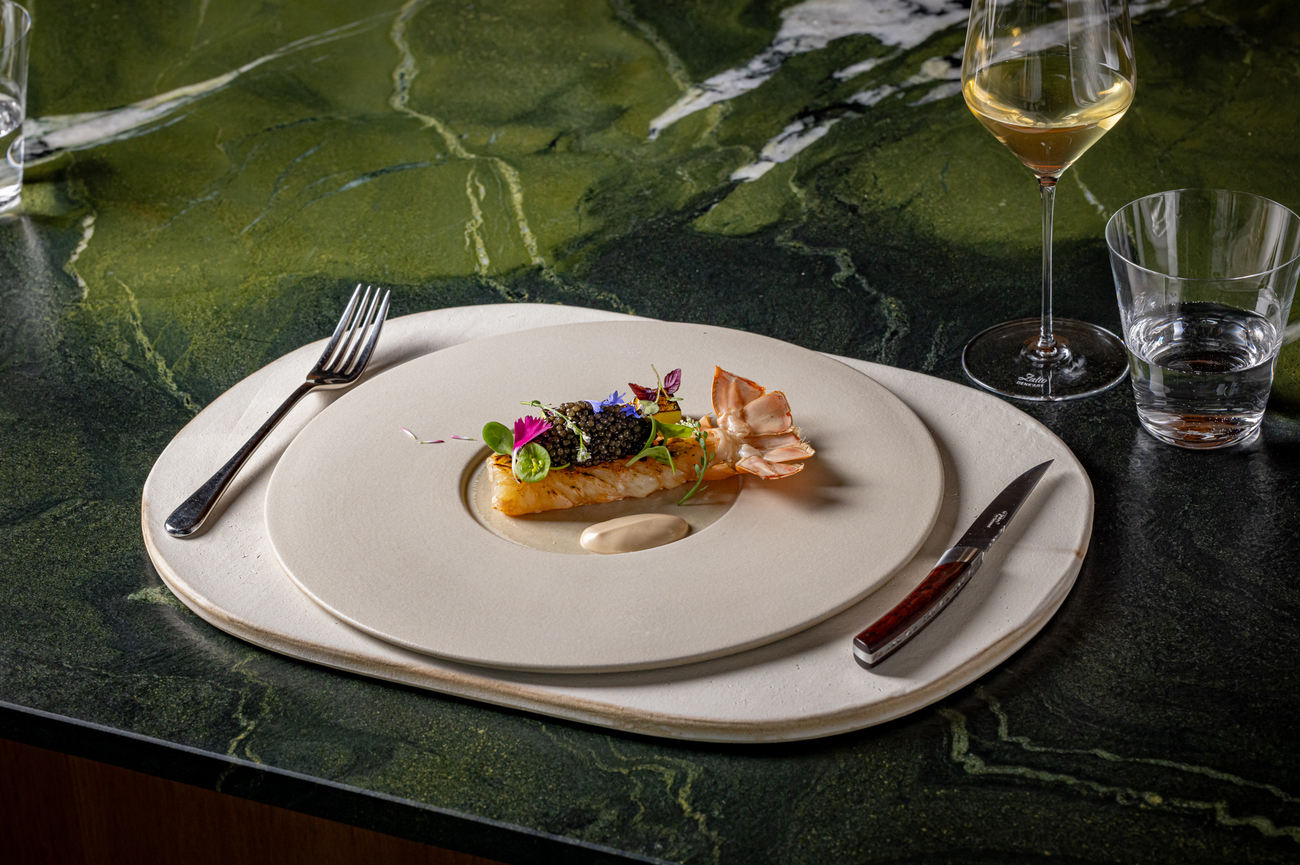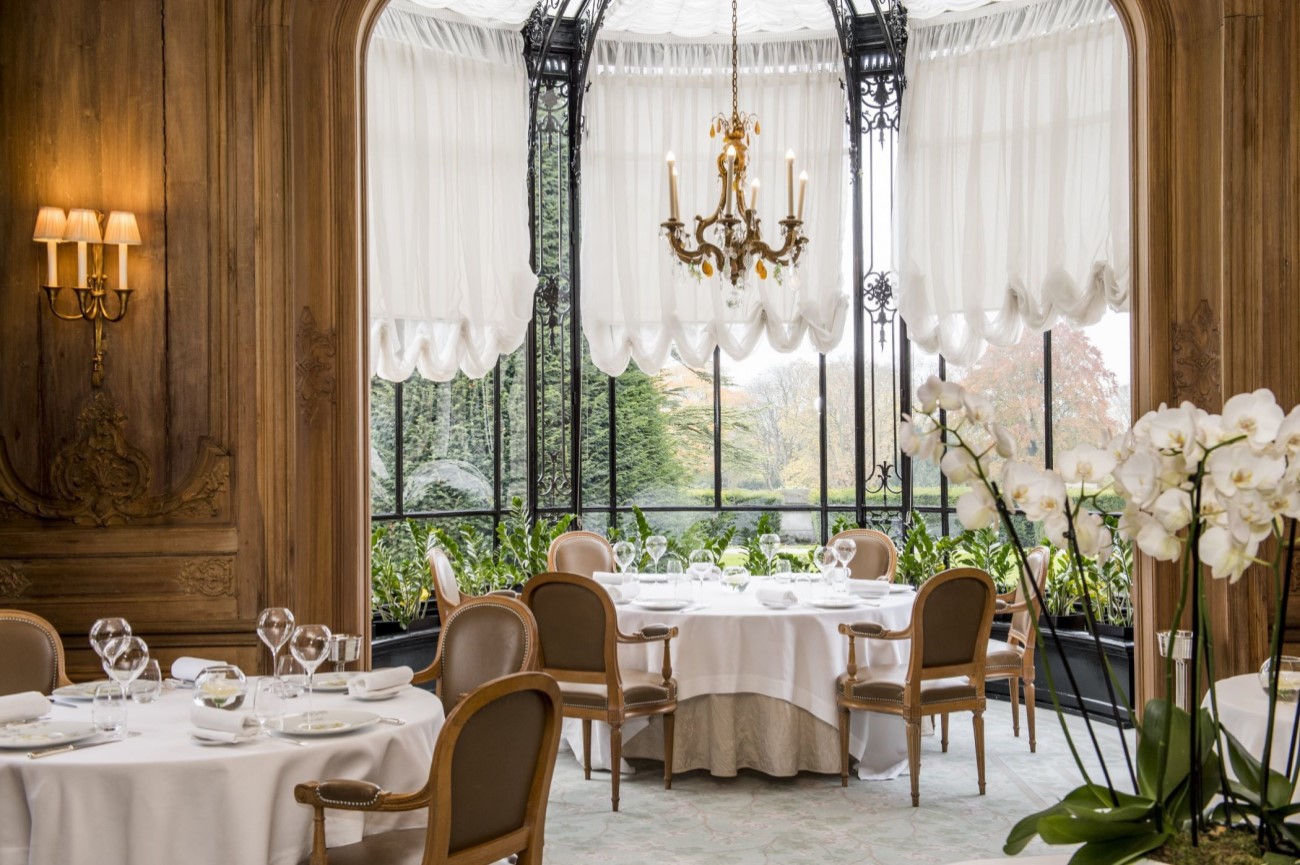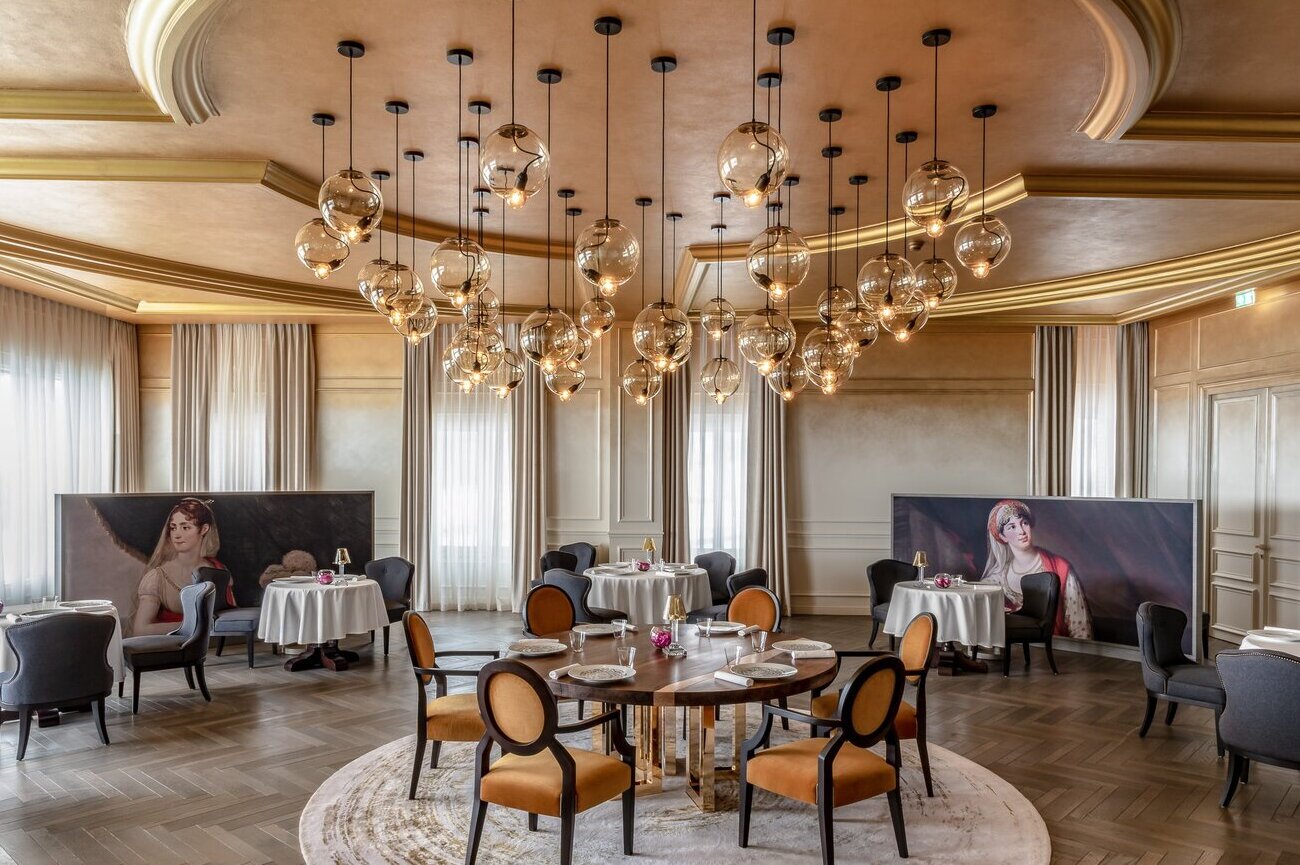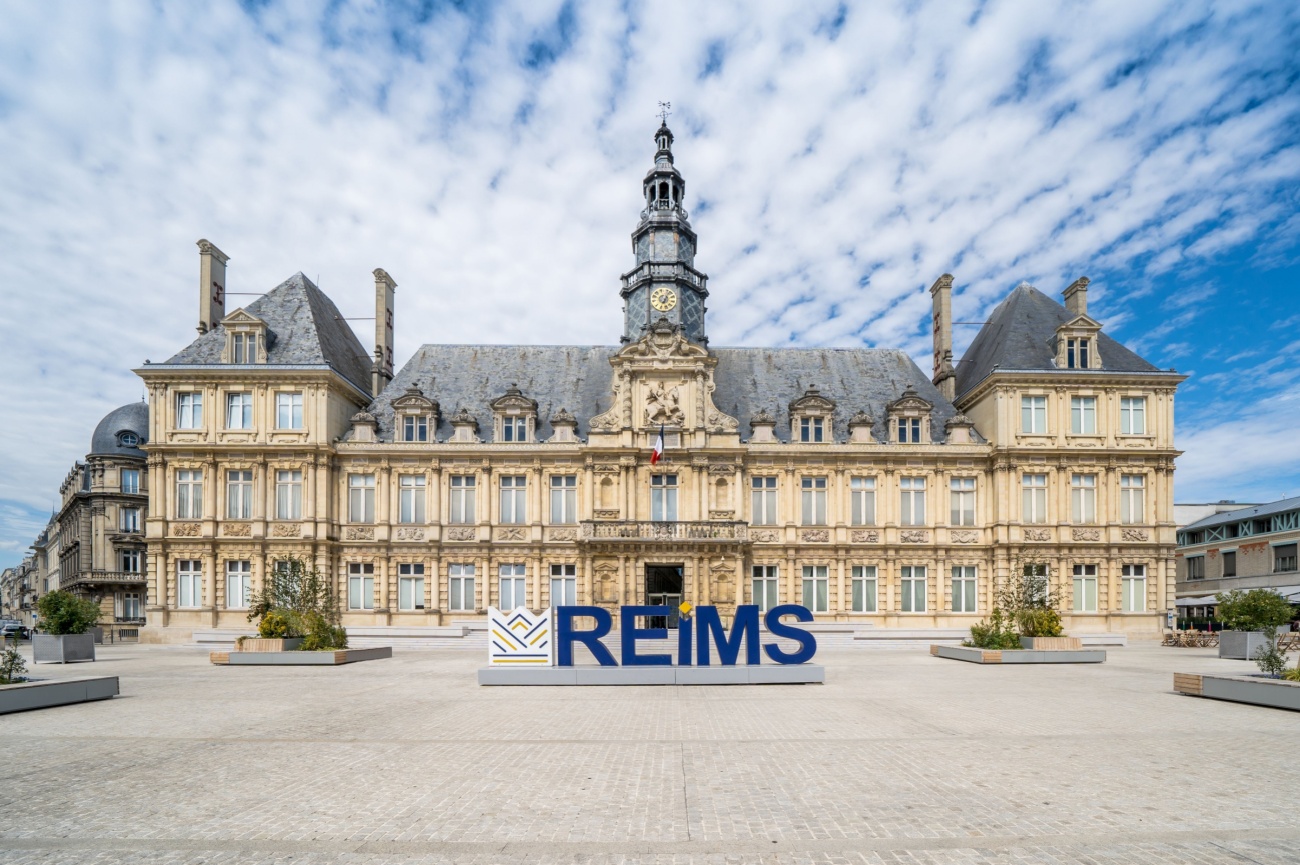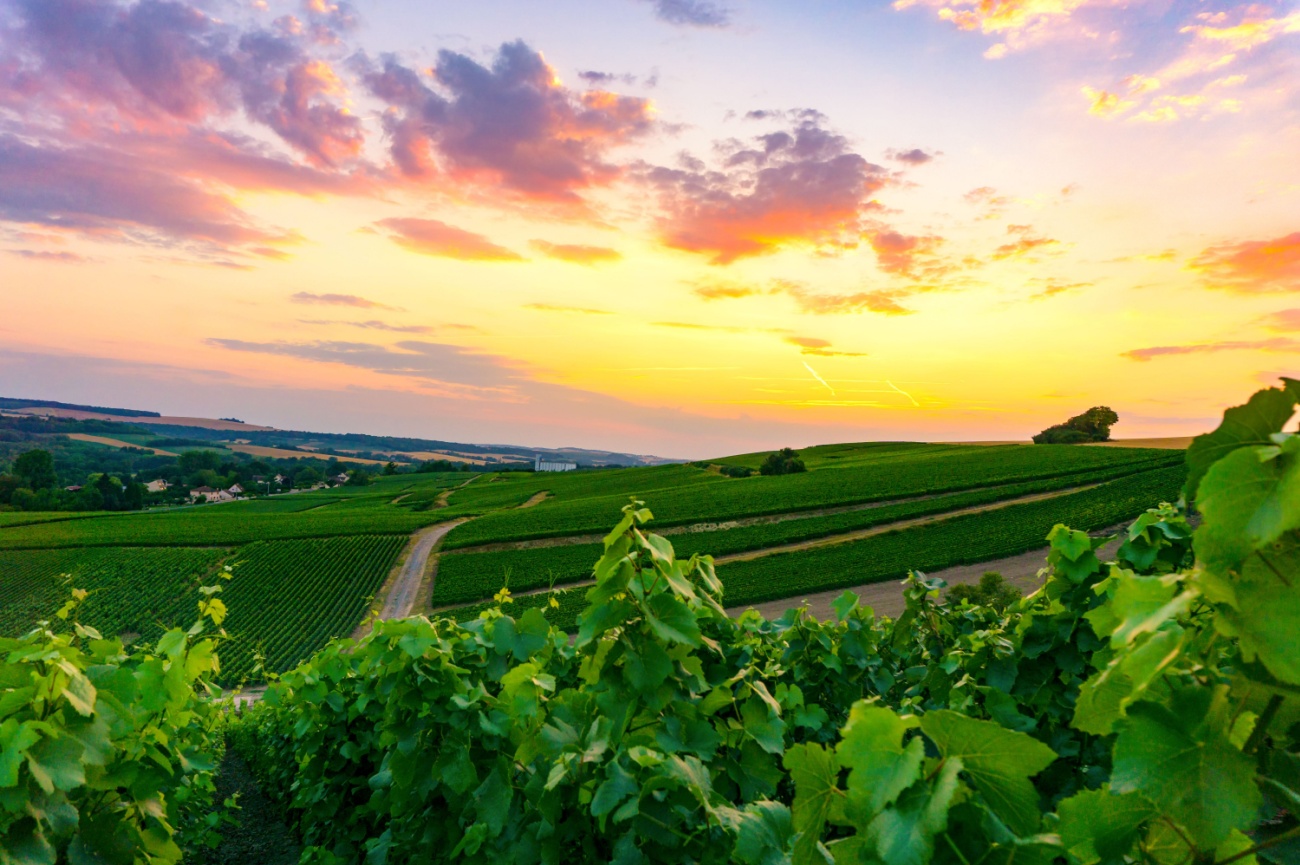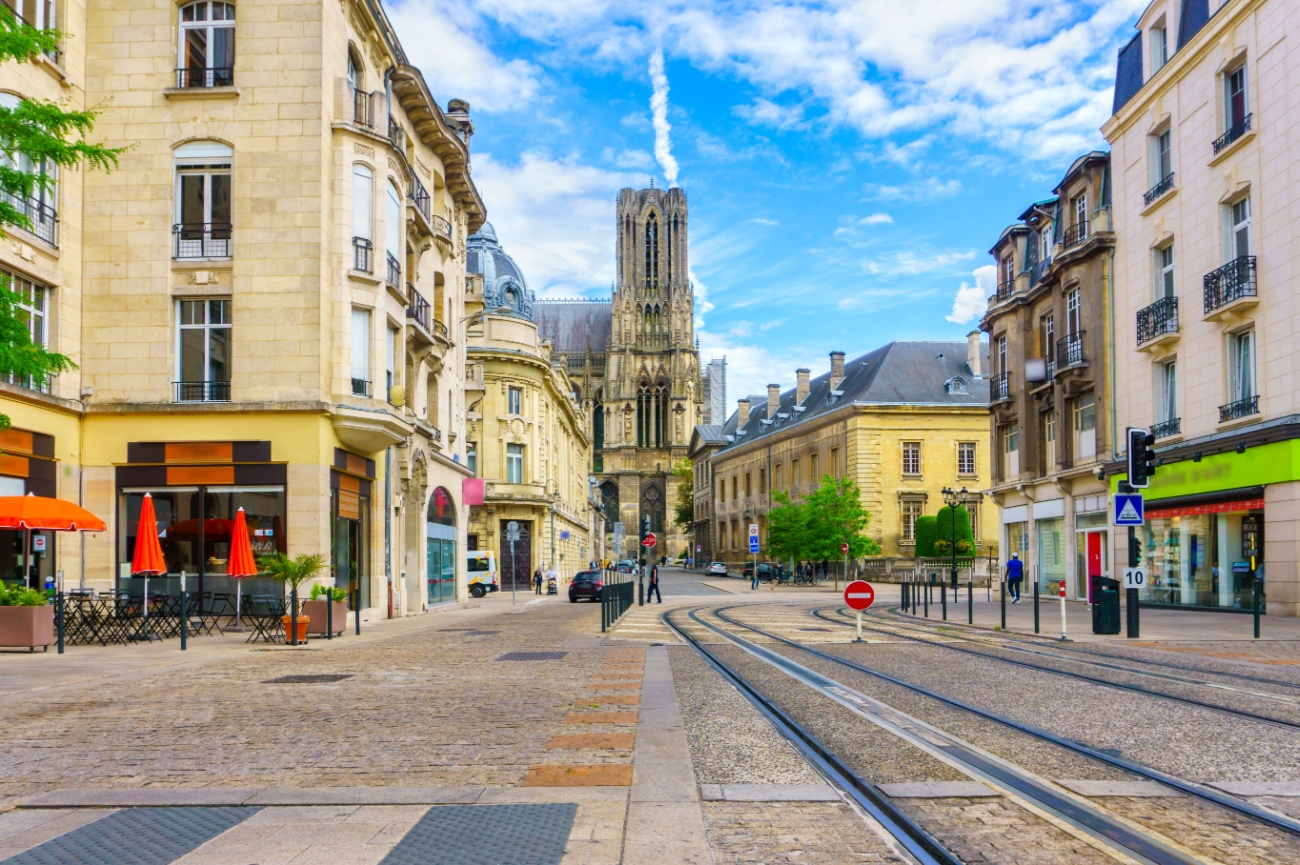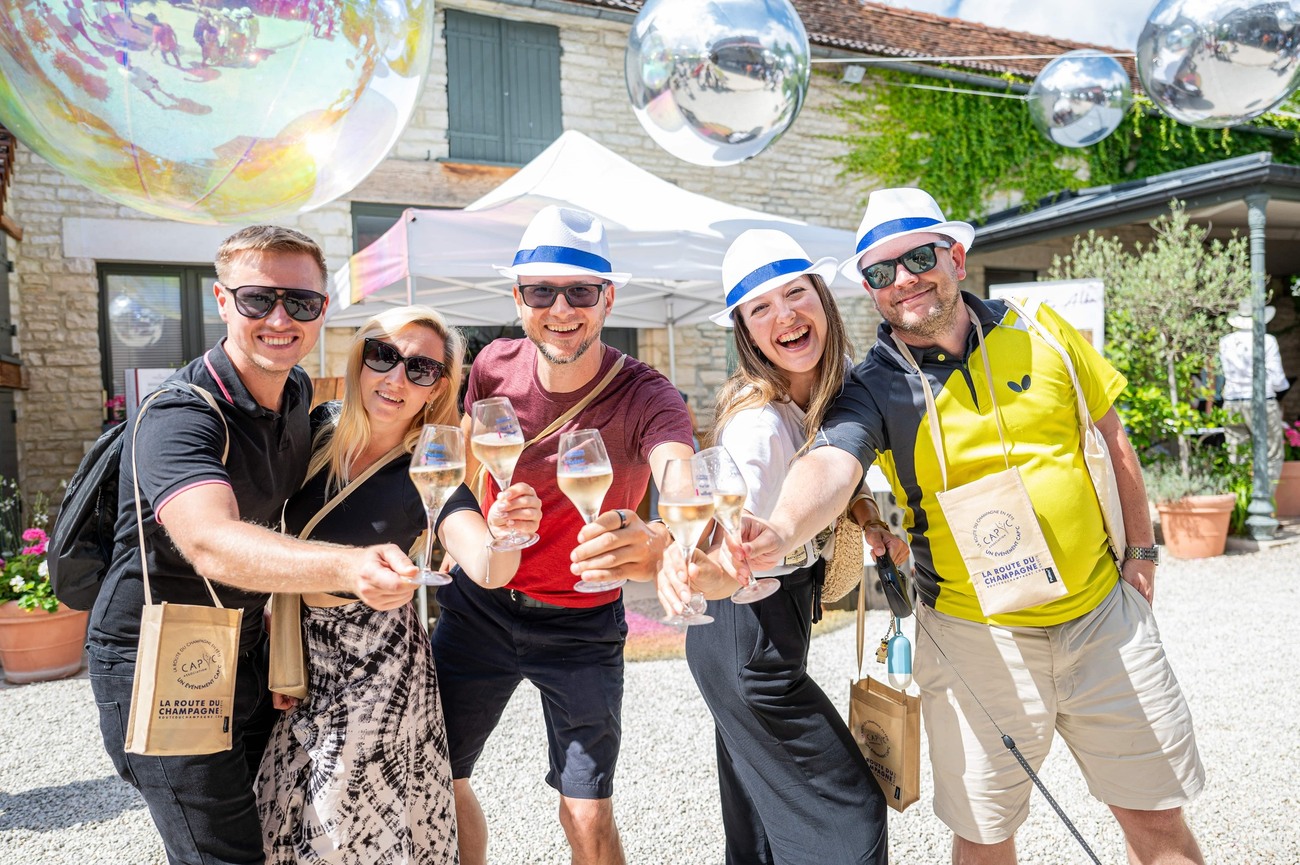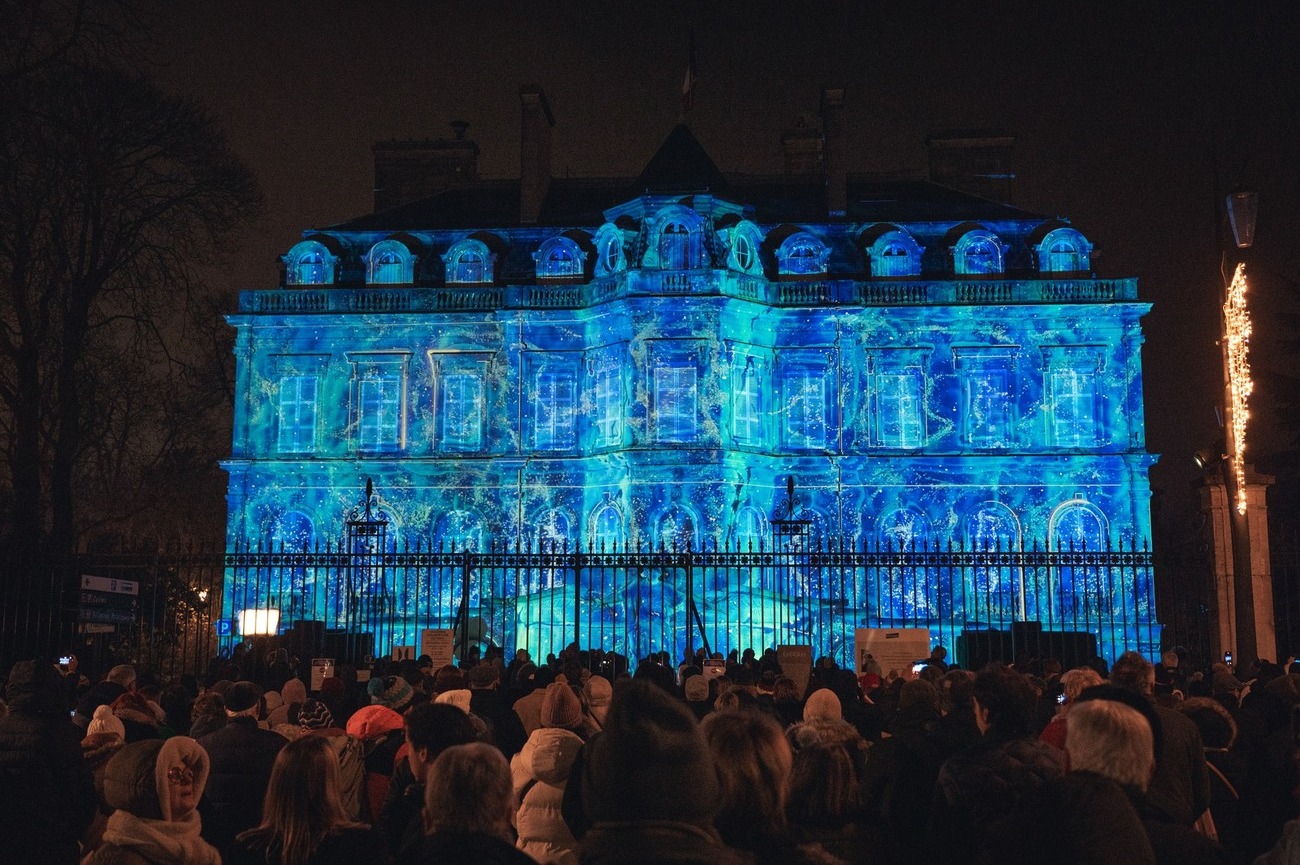Things to Do in Reims & Épernay: 2-Day Itinerary
The Champagne region is dripping with luxury, as you might expect from a region that’s synonymous with one of the world’s most coveted beverages. But it’s not all bubbly and boubourgeois, visitors will find plenty of incredible history hidden between the vines.
From soaring cathedrals where French kings were crowned to opulent Champagne houses and Michelin star restaurants, there’s something for everyone in this far eastern region of France. Follow this two-day itinerary through Reims and Épernay for the perfect, luxury getaway in the French countryside — with plenty of bubbles to pair.
Day 1 - Reims

Morning: Notre Dame de Reims
Kick off the first day of your visit to Champagne in the region's capital, Reims. You’ll start at the most notable landmark in town — the imposing Notre Dame de Reims. A UNESCO World Heritage Site, Notre Dame de Reims is one of the most famous cathedrals in all of France. A true masterpiece of Gothic architecture, the Reims Cathedral is gargantuan, sprawling over 6,500 meters in size. This cathedral has whispers of French royalty stretching all the way to Charlemagne, whose grandson was at the original church's consecration. Several of France’s most famous kings were crowned in Notre Dame de Reims, including Charles VII, Henry VI, and Charles X, and Clovis I was famously baptized here. The cathedral took heavy damage during WWI, but was restored so you can still admire its iconic stonework, stained glass, Latin cross shape, buttresses, and over 2,000 sculptures.
Palais du Tau
Attached to the Notre Dame de Reims, the Palais de Tau was once the Archbishop of Reims private palace. Even more exciting, this is where many kings of France spent their time leading up to their coronation. The palace will be reopened in 2026 as the Musee des Sacres with exhibits on holy relics and the coronation of French kings.
Place Royale
Continue on through the heart of Reims’ historic centre to the Place Royale, a grand square designed in the neoclassical style. You’ll find a bronze statue of Louis XV, erected in 1818 to replace the original destroyed during the French Revolution. Surrounding the square are elegant 18th-century buildings with arcades, including the former Hôtel des Fermes, once used for collecting royal taxes. Today, the building serves as the sub-prefecture of Reims, a government office overseeing local administration.
Musee Hotel Le Vergeur
Learn more about Reims history on a visit to the Musee Hotel Le Vergeur, a 15th-century home that once traded champagne. Step inside to see antique furniture, wood engravings, and Renaissance architecture.
La Porte de Mars
An elaborately decorated ancient Roman triumphal arch, La Porte de Mars stands unassumingly as a gateway to the historic center of Reims. Built in the 3rd century AD, it was the widest arch in the Roman world at the time.
Musee de la Reddition
Known in English as the Museum of the Surrender, the Musee de la Reddition is dedicated to May 7th, 1945 — the day WWII officially ended. In fact, the museum itself is where the message was broadcasted. See the secret map room where meetings were held in the final days of the war and other WWII artifacts.
Day 1, morning - Reims Tour Map
Afternoon: Musee
Saint-Remi
An archaeology and art museum housed inside a 17th-century abbey, the Musee Saint-Remi visitors will find stunning Medieval tapestries, pottery, weapons, jewelry, and more, spanning from Paleolithic times all the way to the 20th century. One of the most impressive artifacts is the holy ampulla which was used to anoint some of the French kings.
Basilique Saint-Remi
A UNESCO World Heritage Site, the Basilique Saint-Remi is a Romanesque basilica constructed in the 11th century. Aside from a soaring nave, twin towers, gorgeous stained glass, and radiating chapels, visitors will also find the tomb of Saint Remi.
Villa Demoiselle
Built by Louis Pommery in 1909, the Art Deco Villa Demoiselle is a champagne house through and through. Designated by UNESCO, the villa is surrounded by sprawling gardens, designed by Edouard Redont. Head inside to see antique furniture, paintings, stained glass, and elegant sculpted fireplaces.
Parc de Champagne
Designed by renowned landscape architect Edouard Redont (who was born in Reims), Parc de Champagne is a leafy corner of the city that’s perfect for a stroll. The park was destroyed during WWII and rebuilt to its original design.
Day 1, afternoon - Reims Tour Map
Day 2 - Épernay

Morning: Avenue de
Champagne
A UNESCO World Heritage Site and the main thoroughfare of Épernay, no visit to this historic enclave would be complete without a stroll down the Avenue de Champagne. You’ll find some of the most important champagne houses along this leafy stretch of road, including Moet & Chandon, Mercier, and Vranken — just to name a few.
Musée du Vin de Champagne
Located along the Avenue de Champagne, Musée du Vin de Champagne tells the entire story of the Champagne region, starting with the formation millenia ago of its soil. Housed inside the Chateau Perrier are over 2,000 artifacts to discover, from Gallo-Roman pottery to Neolithic burial remnants and champagne-related curiosities.
Eglise Notre Dame de Épernay
A more modern church when compared to the nearby Notre Dame de Reims, Eglise Notre Dame de Épernay was finally finished in 1915. Despite its modern construction, the church retains elements of Gothic architecture, including flying buttresses and stained glass, and centuries-old paintings and sculptures
Day 2, morning - Épernay Tour Map
Afternoon: Tasting Champagne in Épernay
Spend the rest of your afternoon in Épernay sampling champagne at the city’s finest cellars. Some of the most famous include Champagne Mercier, Moët & Chandon, Champagne LeClerc. You can find more information on these wineries below.
Day 2, afternoon - Épernay Tour Map
Other Things to See and Do in Champagne
- La Cave aux Coquillages: Situated in the tiny Champenois town of Hautvillers, visitors will love learning more about the region's distinct terroir at La Cave aux Coquillages. Head into the subterranean wine caves to see evidence of an inland sea that once covered the Champagne region before sampling a glass of bubbly.
- Phare de Verzenay: An inland lighthouse surrounded by champagne vineyards, the Phare de Verzenay provides panoramic views of the Champagne countryside — if you’re willing to climb the 101 stairs. Head inside the Vine Eco-Museum once you’re back on the ground to learn more about the region's wine growing efforts, regional festivals, and more before sipping a glass of champagne.
- Fort de la Pompelle Museum: Part of a series of fortifications that were built around the city of Reims in the 19th century, the Fort de la Pompelle houses a WWI Museum. Visitors can see various uniforms, hats, and other artifacts from the war and explore the grounds.
- Musee Automobile Reims: A sprawling museum, dedicated to all things automotive, the Musee Automobile Reims is a fun adventure for car enthusiasts and little ones alike. You’ll see rare motorcycles, over 7,000 miniature vehicles, rare cars, and explore the history of the automotive industry in France.
- Champagne de Castellane House: In the heart of Épernay, Champagne de Castellane is an unmissable stop for lovers of fine bubbles. Its iconic tower rises above the town, offering panoramic views over the surrounding vineyards. Inside, a guided tour reveals the intricate craft of Champagne production, from its historic cellars to the delicate blending process. Tastings provide the perfect opportunity to savour the house’s signature flavours, making it a must-visit for those keen to explore beyond the bigger Champagne names.
- Place Drouet-d’Erlon: At the centre of Reims, Place Drouet-d’Erlon is where the city’s energy comes alive. Lined with bustling cafés, lively bistros, and Champagne bars, it’s the perfect spot to soak up the local atmosphere. By day, it’s a shopping and dining hub, while in the evening, visitors and locals alike gather on terraces to enjoy a glass of Champagne. At one end of the square, the striking Subé Fountain, topped with a gilded statue of Victory, adds to the grandeur of this historic meeting place.
- Carnegie Library of Reims: Tucked near the Notre Dame de Reims, the Carnegie Library of Reims is an architectural masterpiece, gifted to the city by American philanthropist Andrew Carnegie. Step inside to admire its grand Art Deco interiors, from intricate mosaics to elegant stained-glass windows that cast colourful patterns over the historic reading rooms.
- Chapelle Foujita: Nestled in a quiet corner of Reims, Chapelle Foujita is an unexpected artistic treasure. Designed by the celebrated Japanese-French artist Léonard Foujita in the 1960s, this small chapel blends Christian symbolism with delicate Japanese artistic influences. Its interior is adorned with mesmerising frescoes, each brushstroke telling a story of faith and redemption. A serene and intimate space, it stands as one of Reims' most unique cultural landmarks.
- Circuit de Reims-Gueux: Just outside Reims, the abandoned Circuit de Reims-Gueux whispers echoes of motorsport’s golden age. Once a legendary stop on the Grand Prix circuit, its grandstands and pit buildings now stand frozen in time, drawing racing enthusiasts from around the world. Walking along the track, it's easy to imagine the roar of engines that once filled the air as legendary drivers sped towards victory. A must-see for anyone with a passion for speed and history.
Day Trips from Champagne
- Troyes: A Medieval city tucked between Paris and Reims, Troyes is a fun day trip from Champagne. Discover over 3,000 colorful half-timbered homes, explore the city’s many churches, and indulge in the local specialty andouillette de Troyes.
- Hautvillers: One of Champagnes' pipsqueak villages, Hautvillers is the charming little sister of Reims and Epernay. An enchanting village surrounded by humble family-owned champagne houses, the best thing to do is sip bubbly and take in the countryside.
- Chalons-en-Champagne: Nicknamed the “Venice of France” for its canals, Chalons-en-Champagne makes for a fun day trip from Reims or Epernay. Explore the city’s waterways by boat, visit the soaring cathedral, or visit a local champagne house.
- Paris: Visiting the City of Light is easy from Reims via the TGV train. Head into the city center to see the city’s major sights, like the Eiffel Tower, Notre Dame de Paris, Sacre-Coeur, and Le Louvre, or sneak away to a quieter corner of the city. Less than a two hour journey from Reims, you can easily reach Paris and be back for dinner and a glass of bubbly.
- Montagne de Reims Natural Park: Just 20 to 30 minutes from both Reims and Épernay, Montagne de Reims Natural Park is all rolling hills, dense forests, and endless vineyards. Dotted with some of Champagne’s most scenic villages, like Verzenay and Rilly-la-Montagne, it’s perfect for a woodland hike or a deep dive into centuries-old winemaking traditions.
- Côte des Blancs: Just 30 minutes from Épernay, Côte des Blancs is home to some of the finest Blanc de Blancs Champagnes. This stretch of vineyards, famous for its exceptional Chardonnay, is sprinkled with charming villages like Avize, Le Mesnil-sur-Oger, and Cramant. Here, you can step inside small, family-run Champagne houses, tasting the region’s craftsmanship away from the bigger, more commercial estates.
Things to do With Kids in Champagne
- Nigloland: One of the most exciting amusement parks in France, Nigloland offers roller coasters, free-fall drop towers, log flumes, and more for the adventurous at heart. Experience four different themed worlds and explore 43 different rides, with something for all ages.
- Marne River Cruise: Sail through the heart of Champagne on a river cruise along the Marne. Little ones will love exploring the boat and watching the countryside slip by while adults enjoy a glass of bubbly and snacks.
- Planetarium: In the heart of Reims, the Planetarium offers a fascinating journey through the cosmos. With immersive projections, interactive exhibits, and guided sessions, it’s a place where children can marvel at the wonders of the universe. Whether tracing constellations or exploring distant galaxies, the experience is as educational as it is mesmerising.
- Le Chocolat d'Emmanuel Briet: In the heart of Épernay, Le Chocolat d’Emmanuel Briet is a must-visit for chocolate lovers. Master chocolatier Emmanuel Briet crafts exquisite pralines, silky ganaches, and Champagne-infused truffles, all made with the finest ingredients. The boutique’s elegant displays are filled with tempting seasonal creations and bold flavour pairings, making it hard to leave empty-handed.
Golf Courses in Champagne
- Golf de Champagne: Just five minutes outside of Epernay, Golf de Champagne is an 18-hole, par 72 course surrounded by forests and streams. Amenities include a golf school.
- Golf Reims: Open year-round in the heart of Champagne, Golf de Reims is an 18 hole course partnered with many of the region's Champagne sellers. Amenities include a driving range, putting green, bunkers, and a school to help improve your game.
Racecourses in Champagne
- Hippodrome de la Champagne: Also known as the Hippodrome de Reims, Hippodrome de la Champagne holds seventeen races throughout the year just outside the city. This 1,156 meter sand track, opened in 1956 and holds about 500 visitors.
Wineries in Champagne
With thousands of wine growers and hundreds of wine houses in the Champagne region, it can be hard to know where to go. These are just a few of the most famous wine houses in Champagne, all worth planning a trip around.
Reims:
- Veuve Clicquot: A legendary champagne house, Veuve Clicquot blossomed under the legend La Grande Dame de Champagne, Barbe Nicole Clicquot Ponsardin, in 1805. Although technically started by her father-in-law in 1777, Madame Clicquot introduced incredible innovations that included the first vintage champagne and inventing riddling tables which kept her wine clear. Visitors can take several different tours of the Veuve Clicquot cellars, ranging from the Art of Aging to blending your own rosé.
- Champagne Taittinger: Taittinger is one of the largest producers in Champagne, originally started by Benedictine monks before the Taittinger family took over. Their unique wine blend, which contains Chardonnay, Pinot Noir, and Pinot Meunier lends to its wonderful fruity taste. Taittinger also happens to be one of the last family-owned Champagne houses in France. Take a tour of the estates' unique chalk caves, originally dug by the Romans, at their cellars in Reims.
- Champagne Pommery: Another woman-made champagne house, Champagne Pommery was the first champagnerie to create Brut champagne in 1874. Madame Pommery also transformed the estates' chalk cellars into sprawling wine caves and built a gorgeous, Elizabethan-inspired champagne house, known for its castle-like architectural features. Book a visit to go inside the Roman-Gallo cellars and taste the original Brut champagne.
- Champagne Ruinart: The oldest champagne house of them all, Ruinart is one of the most iconic producers in the region. Founded in 1729 by Nicholas Ruinart, this Reims champagne house is another that utilizes Roman-dug chalk caves. Several unique experiences are on offer for visitors including a four-course lunch paired with Ruinart champagne or a simple tasting of their Blanc Singulier.
- Champagne Mumm: The official champagne supplier for the British royal family, Mumm is a household name in the world of champagne. Pay a visit to their cellars for unique tours like the Grand Cru Experience, where you’ll get to sample two rare champagnes.
Épernay:
- Champagne Mercier: Founded in 1858 by Eugene Mercier, Champagne Mercier is a historic champagne house in Épernay. Learn more about Mercier’s unique history, including their giant vat of wine that was put on display at the Paris World’s Fair and see the 18 km long sprawling wine caves. There are plenty of tours to choose from, including tastings of specific wines. Keep in mind that Champagne Mercier closes in the winter months!
- Champagne Leclerc: Getting its start a bit later than some of the other champagne houses, Champagne Leclerc is no less sophisticated. Take a tour at Leclerc offers a more in-depth, behind the scenes look at champagne making. Visitors can get a sneak peek at the press room, barrel house, cellars, and even their historic vineyard. You’ll also love sipping your champagne on their rooftop terrace with sprawling views.
- Moët & Chandon: The largest champagne house in the world, Moet & Chandon needs no introduction. This UNESCO designated winery began in 1743 by Claude Moet. Several different tours are on offer including the Imperial Moment which features a cellar tour and tasting of Moet Imperial and their Rose Imperial.
Where to Stay in Champagne
- Domaine les Crayeres: One of the most luxurious stays in Champagne, Domaine les Crayeres is a five-star hotel tucked on the outskirts of Reims. Surrounded by seven hectares of gardens and forest, rooms are elegantly decorated to resemble French chateaux. Amenities include breakfast served to your room each morning, fireplaces, air conditioning, mini bars, and more. Children and dogs are welcome. The domain is also home to Le Parc Les Crayères, a two-Michelin-star restaurant, and a Bib Gourmand-designated café.
- Hotel L’Assiette Champenois: Hidden in a southern neighborhood of Reims, Hotel L’Assiette Champenois is a charming five-star property that just so happens to be home to a three Michelin Star restaurant! Just 25 spacious suites are on offer, with amenities that include an indoor heated swimming pool, breakfast, massage service, valet parking, babysitting service and more.
- Royal Champagne Hotel & Spa: Tucked in the rural heart of the Champagne region, near the villages of Hautvillers and Champillon, the Royal Champagne Hotel & Spa sits overlooking champagne vineyards. Rooms are contemporarily designed with sprawling patios and vineyard views. With just 47 rooms, this property feels boutique without being small. Amenities include a Michelin star restaurant, indoor and outdoor pools, jacuzzi’s, spa, fitness room, sauna and more.
- Le 25 Bis: Situated right on Epernay’s Avenue de Champagne, there’s no better place to base yourself for tasting in Champagne than Le 25 Bis. Walking distance to some of the region's best champagne producers, Le 25 Bis was once the home of a champagne producer and now hosts visitors as a boutique hotel. Amenities include electric bikes for exploring the vineyards, concierge service, a wine shop, and romantic rooms complete with clawfoot bathtubs.
Where to Eat in Champagne
- Assiette Champenoise: Tucked inside the hotel of the same name, Assiette Champenoise is one of only 30 restaurants with not only one but three Michelin Stars in France! Just a few of their signature offerings include Brittany blue lobster and langoustine royale, although menus evolve throughout the year. Assiette Champenoise has a particular commitment to local producers, including cheese breeders, oleologists, and fishmongers.
- Racine: With two Michelin stars under their belt, Racine is one of the best restaurants in Reims. Head chef Kazuyuki Tanaka whips up artful Japanese dishes which can be paired with their list of over 250 champagnes. The ambiance is half the fun with a gorgeous Japanese garden to look out on from the dining room.
- Le Parc Les Crayeres: Situated inside Domaine les Crayères, Le Parc Les Crayeres is a two Michelin Star restaurant that has another unique désignation — Passion Dessert. Choose elegant dishes from their a la carte menu, paired with a mind boggling 900 strong champagne list.
- Le Royal: Yet another hotel restaurant, Le Royal is hidden inside the Royal Champagne Hotel & Spa. With one Michelin Star, visitors can expect seasonal cuisine, plenty of champagne, and a historic ambiance.
Best Time to Travel to Champagne
Champagne has notoriously bad weather, which is just one reason why this region is so perfect for making champagne, but it doesn’t always bode well for travelers. Summer is the rainiest time of year (especially the month of June) but also the warmest, with highs reaching toward 80°F and lows around 55° on gloomy days.
Fall is a fun time to be in Champagne as its harvest season! This is a chilly and rainy time of year too, but not nearly as cold as the winter months when lows can dip to 30°F. Spring can be a wonderful time to visit Champagne as the rain stays a bit more at bay in March and April and the grapevines are just beginning to bud.
Festivals in Champagne
- La Route du Champagne en Fête: Taking place every July, La Route du Champagne en Fêtes is a great excuse to step inside cellars and tour vineyards throughout the Champagne region and beyond. Held in Champagnes cities like Reims, Troyes, and even further afield in Paris and Dijon, each city offers special events, gastronomic delicacies, and of course, champagne tasting!
- Habits de Lumiere: Held annually in mid-December, Habits de Lumiere is an enchanting display of light and color in Épernay. Taking place over three days, the festival includes fireworks, projections, art installations, and more, spread out along the Avenue de Champagne.
